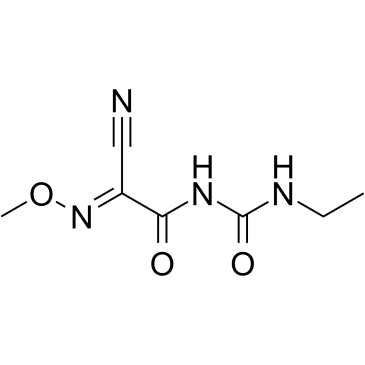Microbiology & Virology
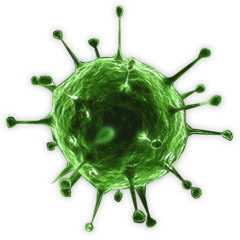
Microbiology & Virology
A virus is a small infectious agent that replicates inside living cells. Viruses cause many human diseases from small illnesses, like influenza, to more deadly diseases, like hepatitis B and HIV. Our body’s immune system defends against viral infection by generating specific antibodies to bind to and neutralize viral particles and by cell mediated immunity that destroys infected host cells.
Targets for Microbiology & Virology
- Antibiotic(497)
- Bacterial lipoprotein targeting chaperone(0)
- CCR5(2)
- CMV(22)
- gp120/CD4(4)
- HBV(72)
- HCV(134)
- HIV(403)
- HSV(83)
- Influenza virus(124)
- NA(7)
- Reverse Transcriptase(61)
- RSV(35)
- SRPK(5)
- SARS-CoV(126)
- Antifungal(34)
- Orthopoxvirus(2)
- Antimalaria(6)
- Beta-Lactamase(0)
- VEEV(1)
- Arenavirus(9)
- Bacterial(1239)
- Enterovirus(21)
- Filovirus(5)
- Fungal(319)
- Parasite(363)
- Virus Protease(62)
- Chicken Pox & Shingles(0)
- Chikungunya(0)
- Coronaviruses(9)
- Dengue(2)
- DNA & RNA Polymerase Inhibitors(4)
- Ebola(0)
- Entry/Fusion Inhibitors(6)
- Epstein-Barr(0)
- Integrase Inhibitors(2)
- MERS(6)
- Others(0)
- Rhinoviruses(1)
- West Nile Virus(0)
- Yellow Fever(1)
- Zika(0)
- COVID-19(16)
- Antiviral(2)
Products for Microbiology & Virology
- Cat.No. Product Name Information
-
GC25249
CID-1517823
ML328
CID-1517823 (ML328) is a potent and selective inhibitor of bacterial AddAB and RecBCD helicase-nucleases, with IC50s of 1.0 and 4.8 μM.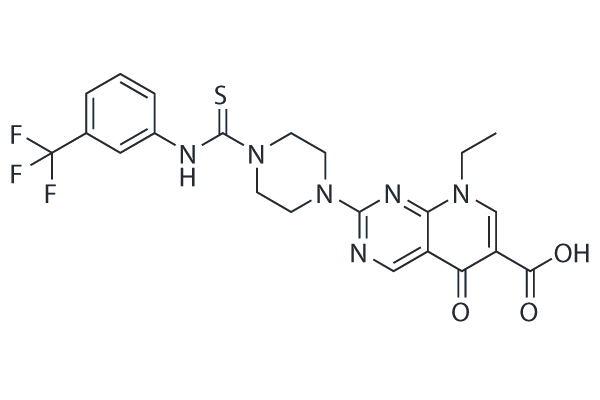
-
GC12666
Cidofovir
GS-0504, (S)-HPMPC, (S)-1-(3-hydroxy-2-phosphonylmethoxypropyl)cytosine
Anti-CMV drug;inhibitor of viral DNA syntheis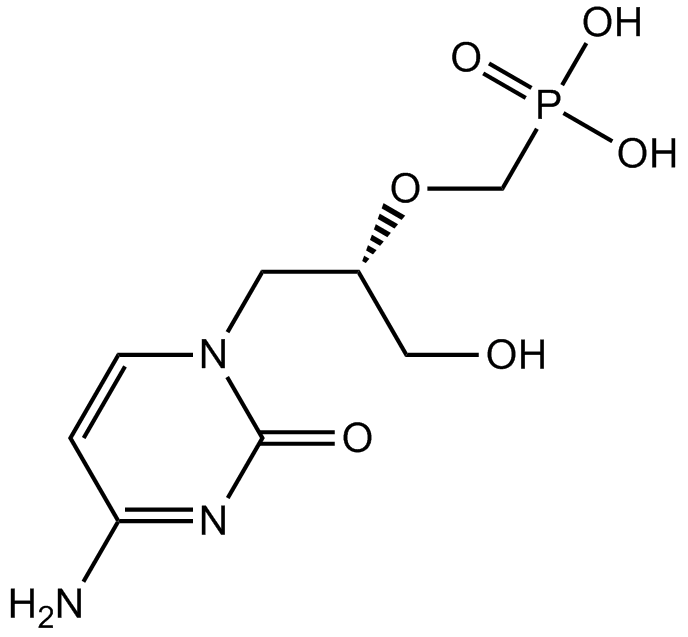
-
GC13936
Cidofovir dihydrate
Antiviral agent for CMV
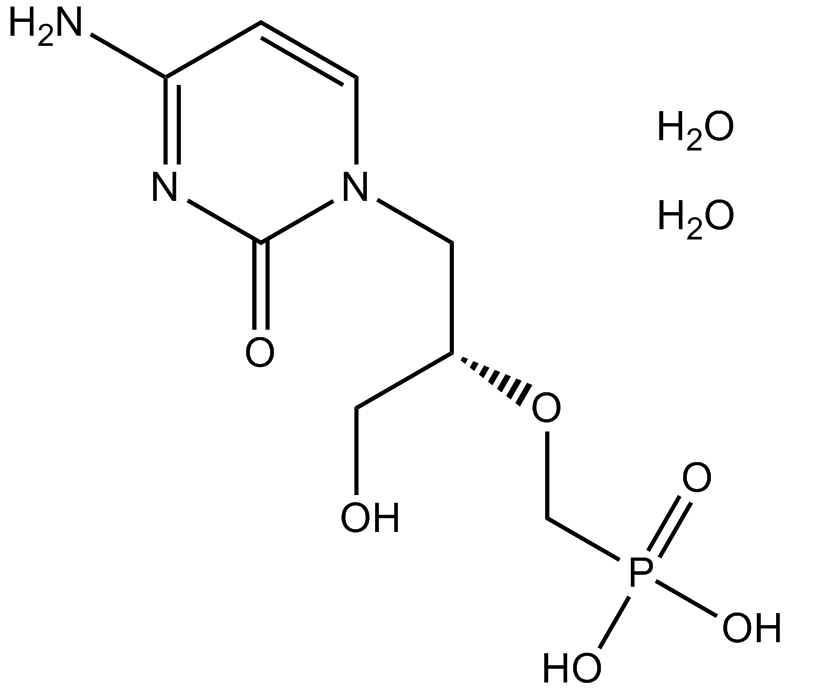
-
GC32162
Cilastatin (MK0791)
Cilastatin (MK0791) (MK0791) is a reversible, competitive renal dehydropeptidase I inhibitor with an IC50 of 0.1 μM.
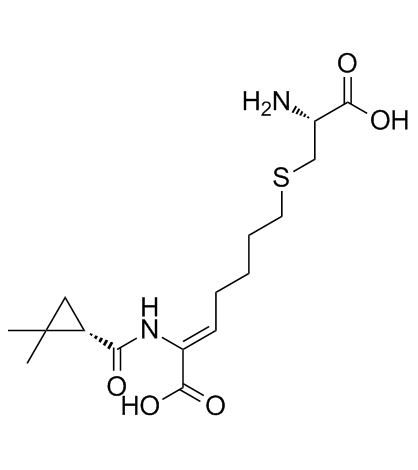
-
GC11840
Ciluprevir (BILN-2061)
BILN 2061; BILN 2061ZW
Inhibitor of HCV NS3 protease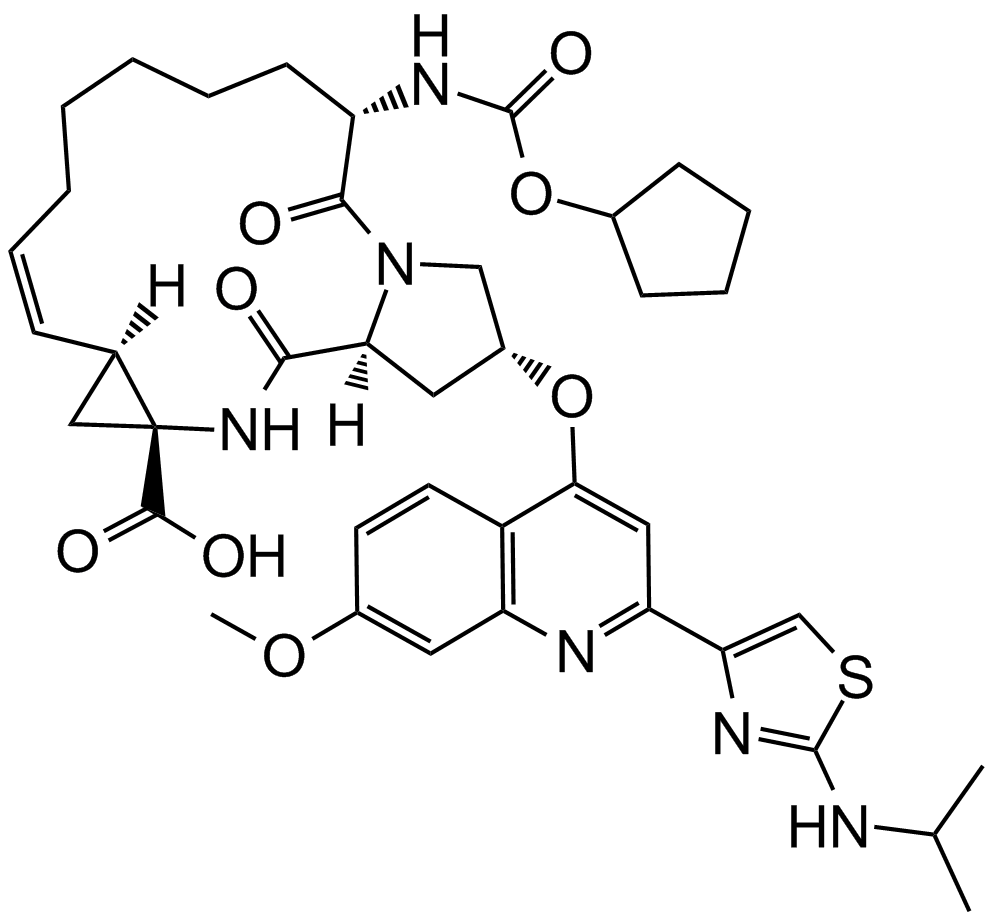
-
GC16135
Cinanserin hydrochloride
SQ 10,643
5-HT2 antagonist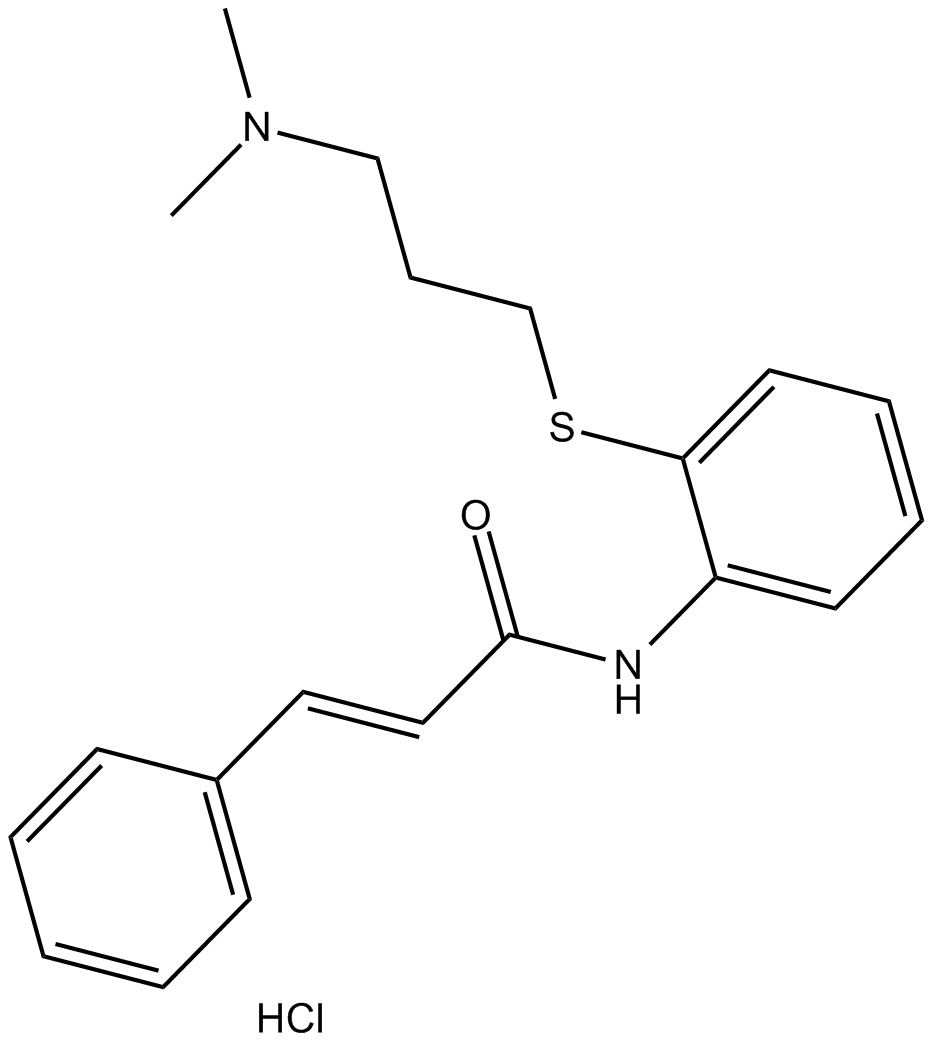
-
GC11798
Cinchonidine
alkaloid
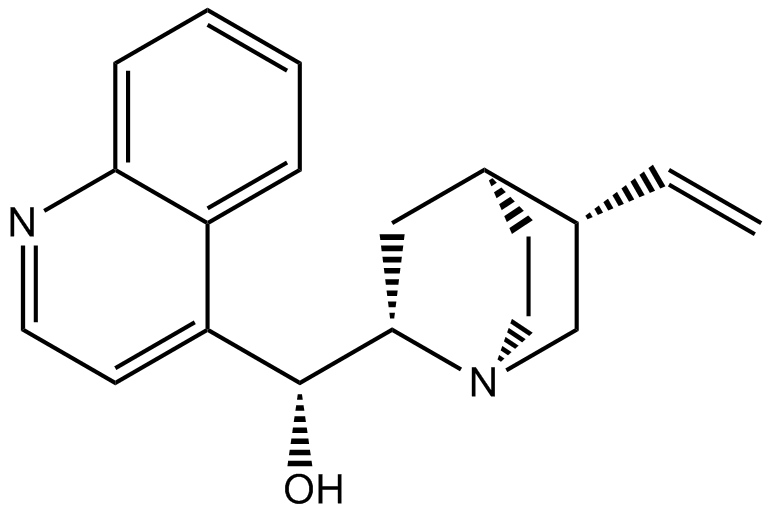
-
GC32997
Cinchonine ((8R,9S)-Cinchonine)
Cinchonine ((8R,9S)-Cinchonine) is a natural compound present in Cinchona bark. Cinchonine ((8R,9S)-Cinchonine) activates endoplasmic reticulum stress-induced apoptosis in human liver cancer cells.
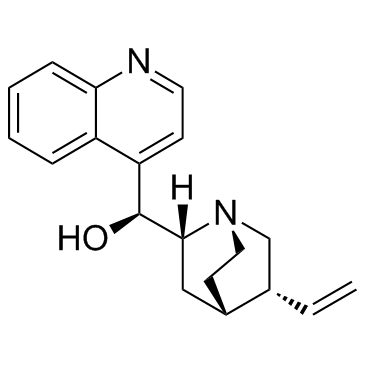
-
GC60708
Cinchonine hydrochloride
Cinchonine hydrochloride ((8R,9S)-Cinchonine hydrochloride) is a natural alkaloid present in Cinchona bark, with antimalarial activity. Cinchonine hydrochloride activates endoplasmic reticulum (ER) stress-induced apoptosis in human liver cancer cells.
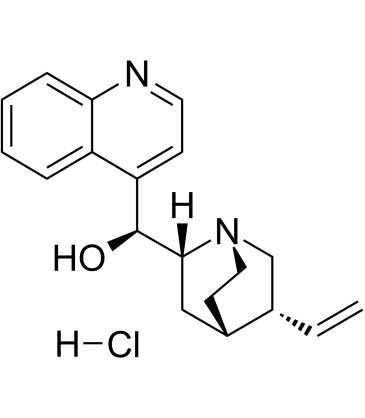
-
GN10190
Cinnamic acid
trans-3-Phenylacrylic acid
trans-Cinnamic acid is a natural antimicrobial, with minimal inhibitory concentration (MIC) of 250 μg/mL against fish pathogen A.
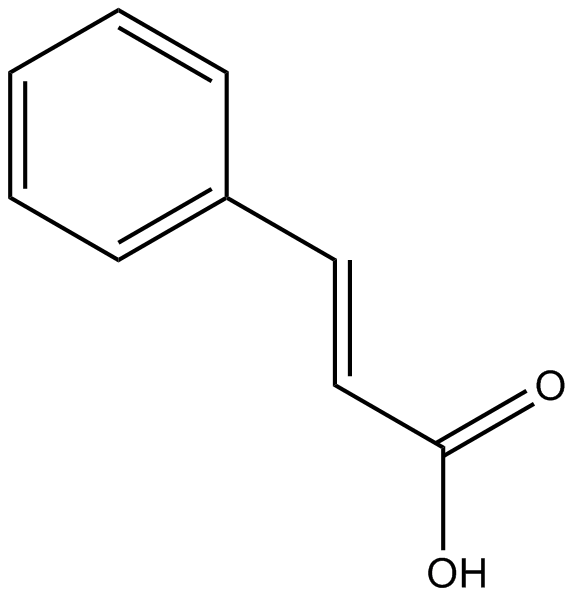
-
GC13811
Cinnamycin
Lanthiopeptin,NSC 71936,Ro 09-0198
tricyclic antibiotic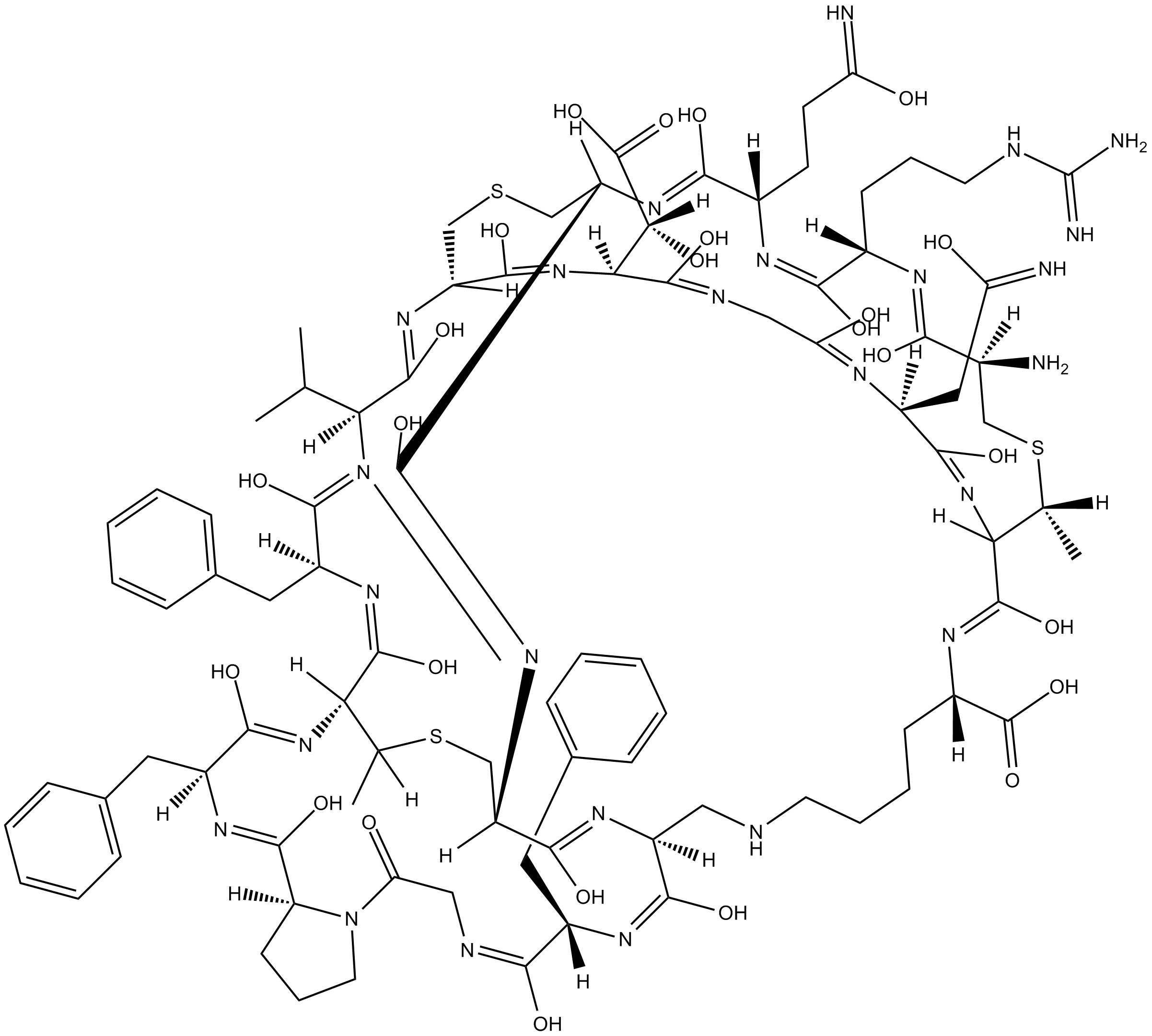
-
GC38310
Cinnamylideneacetic acid
Cinnamylideneacetic acid is a photoresponsive compound which is capable of a photoinduced [2+2] cycloaddition.
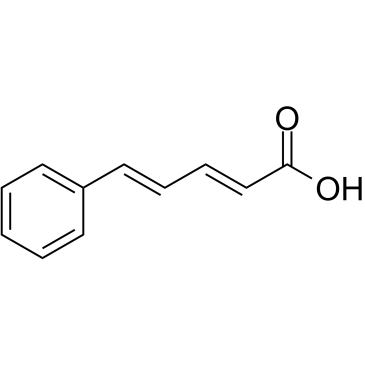
-
GC34054
Cinoxacin (Compound 64716)
Cinoxacin (Compound 64716) (Compound 64716), a synthetic antimicrobial related to the quinolone class of orally active antibacterial agent.
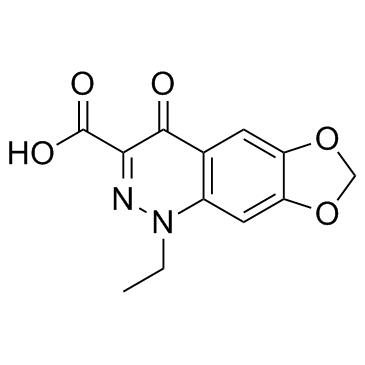
-
GC33919
Cipargamin (NITD609)
KAE609, NITD609
Cipargamin (NITD609) (NITD609) is an potent antimalarial compound, with an IC50 of appr 1 nM against P.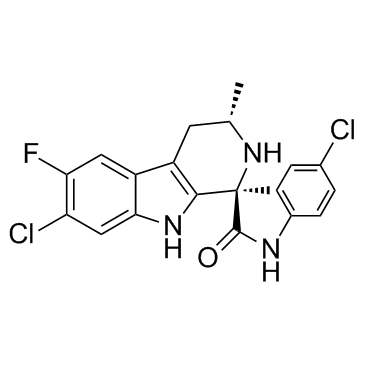
-
GC13550
Ciprofloxacin
Topoisomerase inhibitor
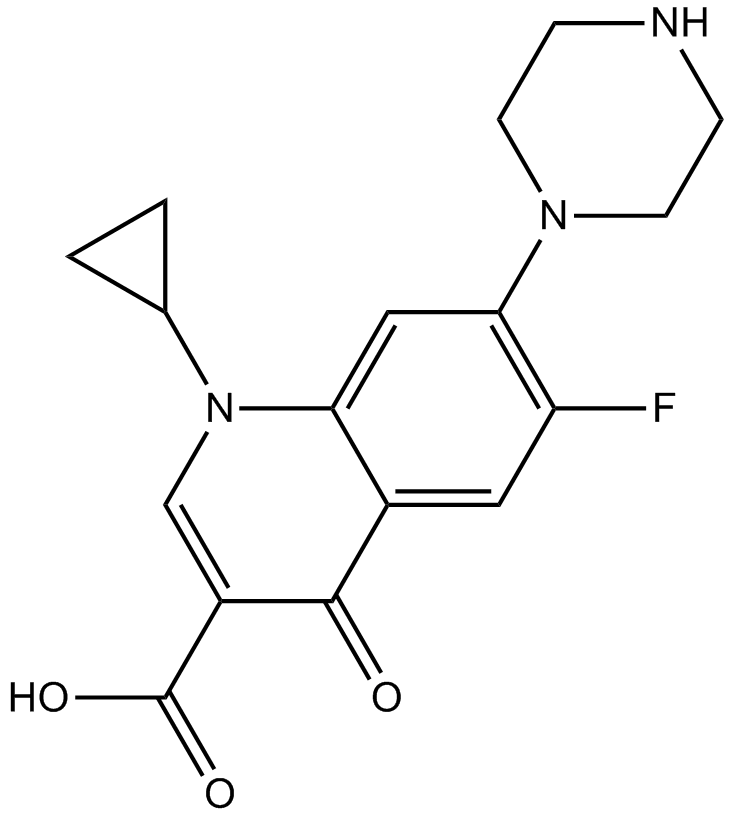
-
GC15241
Ciprofloxacin (hydrochloride)
BAY-o 9867,NSC 620634
Ciprofloxacin (Bay-09867) monohydrochloride is a potent, orally active topoisomerase IV inhibitor.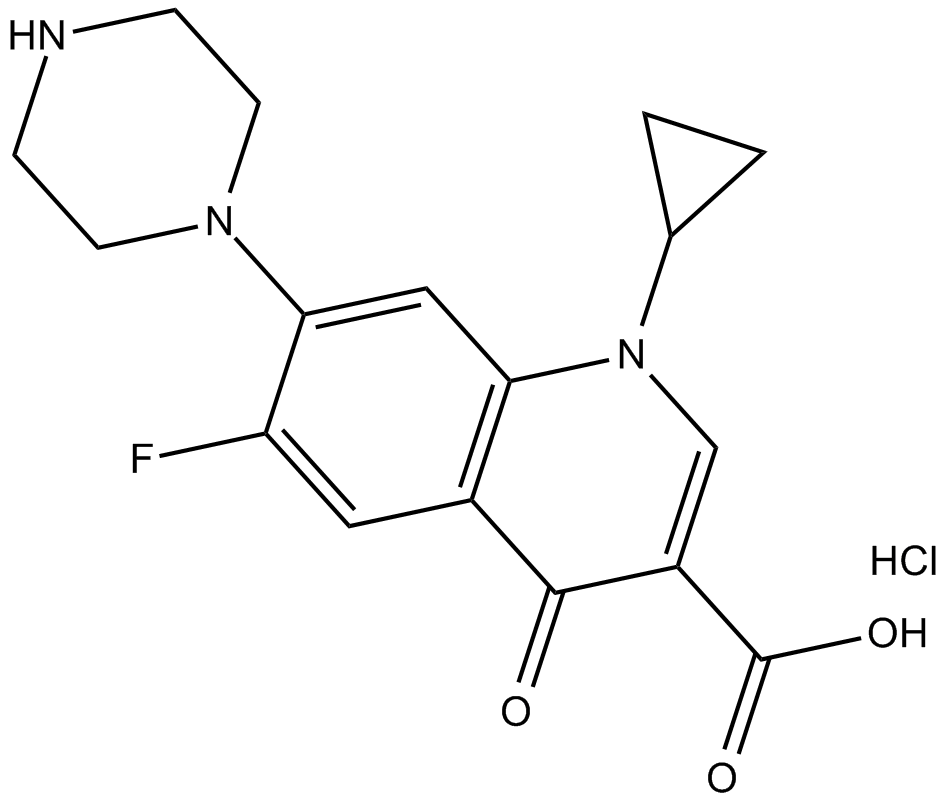
-
GC63671
Ciprofloxacin hydrochloride monohydrate
Ciprofloxacin (Bay-09867) hydrochloride monohydrate is a potent, orally active topoisomerase IV inhibitor.
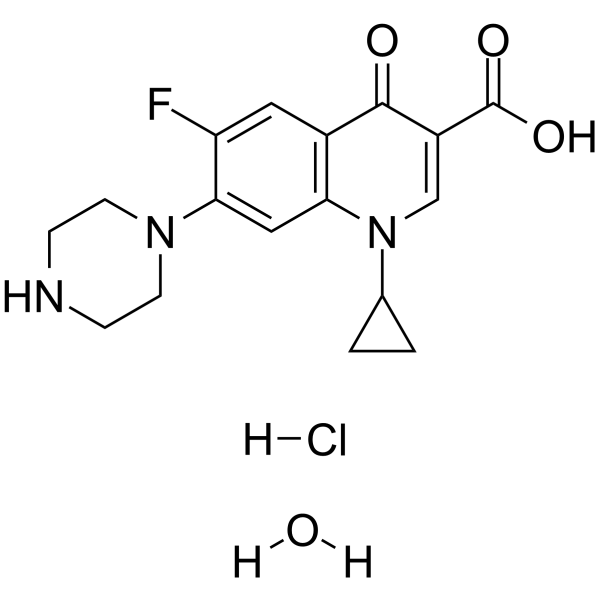
-
GC64109
Ciprofloxacin-d8
Ciprofloxacin-d8 (Bay-09867-d8) is the deuterium labeled Ciprofloxacin.
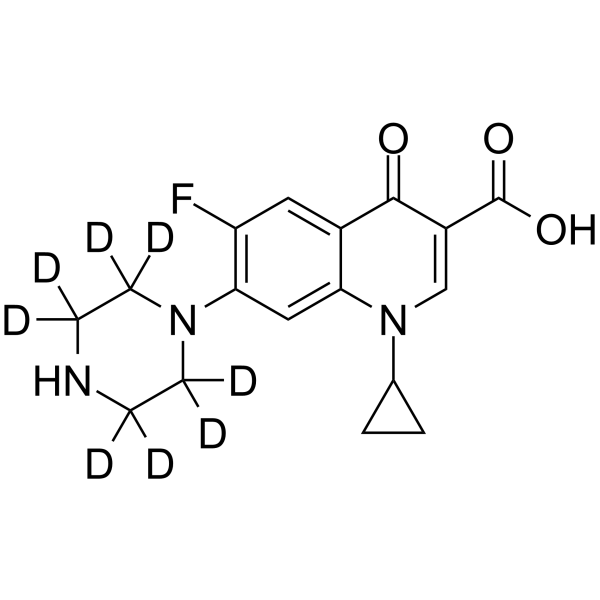
-
GC40305
cis-6-Hexadecenoic Acid
C16:1(6Z), C16:1Δ6, C16:1ω10, Sapienic Acid
cis-6-Hexadecenoic Acid is a fatty acid commonly found on the skin and in mucosa.
-
GC41462
cis-Resveratrol
(Z)-Resveratrol
Resveratrol is a potent phenolic antioxidant found in grapes, red wine, and various berries that also has antiproliferative and anti-inflammatory activity.
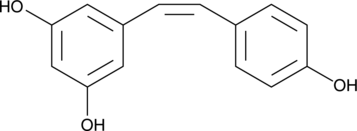
-
GC16661
Citrinin
NSC 186
Citrinin is a mycotoxin with multiple biological activities produced by several fungal strains of the genera Penicillium, Aspergillus, and Monascus.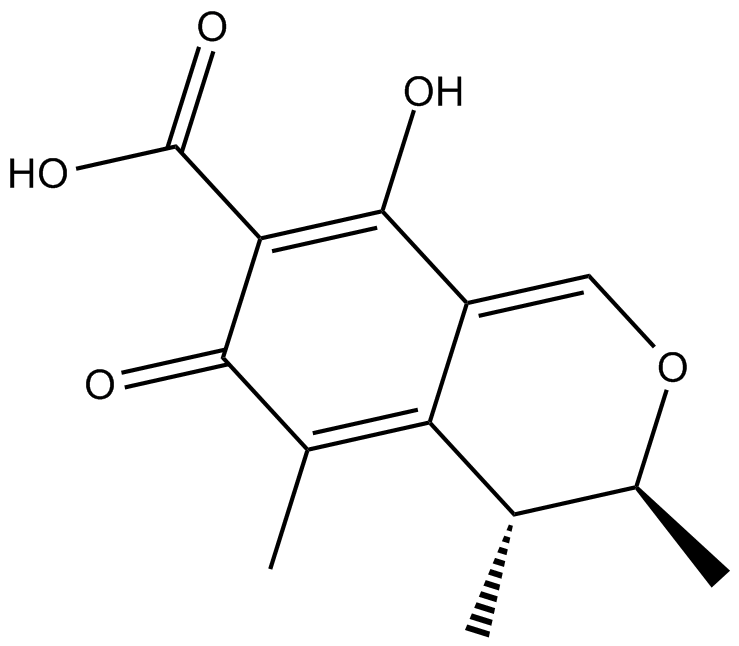
-
GC65557
Cladosporin
Cladosporin is a fungal metabolite produced in good yield in the mycelium of Cladosporium cladosporioid.
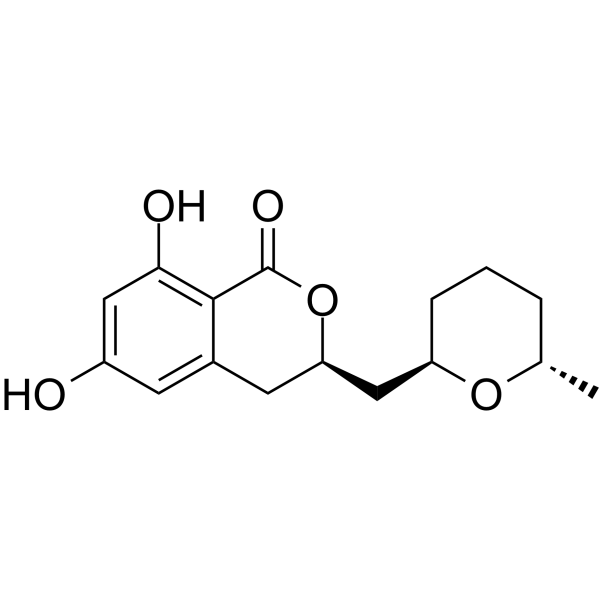
-
GC66467
Claficapavir
A1752
Claficapavir (A1752) is a specific nucleocapsid protein (NC) inhibitor with an IC50 around 1 μM. Claficapavir strongly binds the HIV-1 NC (Kd=20 nM) thereby inhibiting the chaperone properties of NC and leading to good antiviral activity against the HIV-1.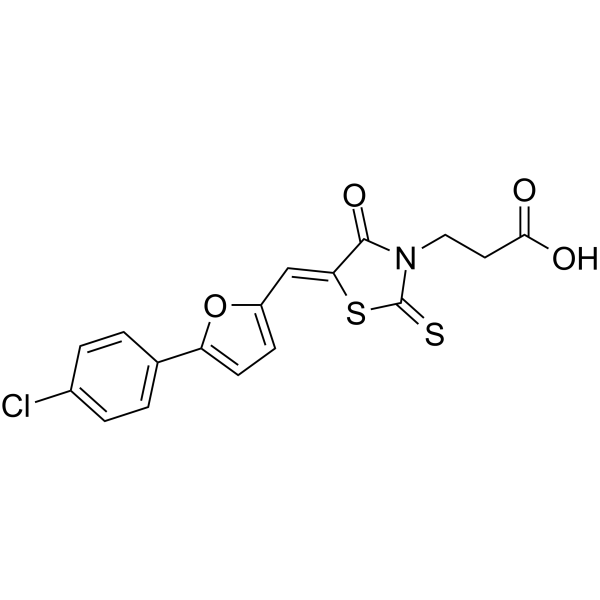
-
GC16754
Clarithromycin
A-56268, Antibiotic A 56268, TE 031
A macrolide antibiotic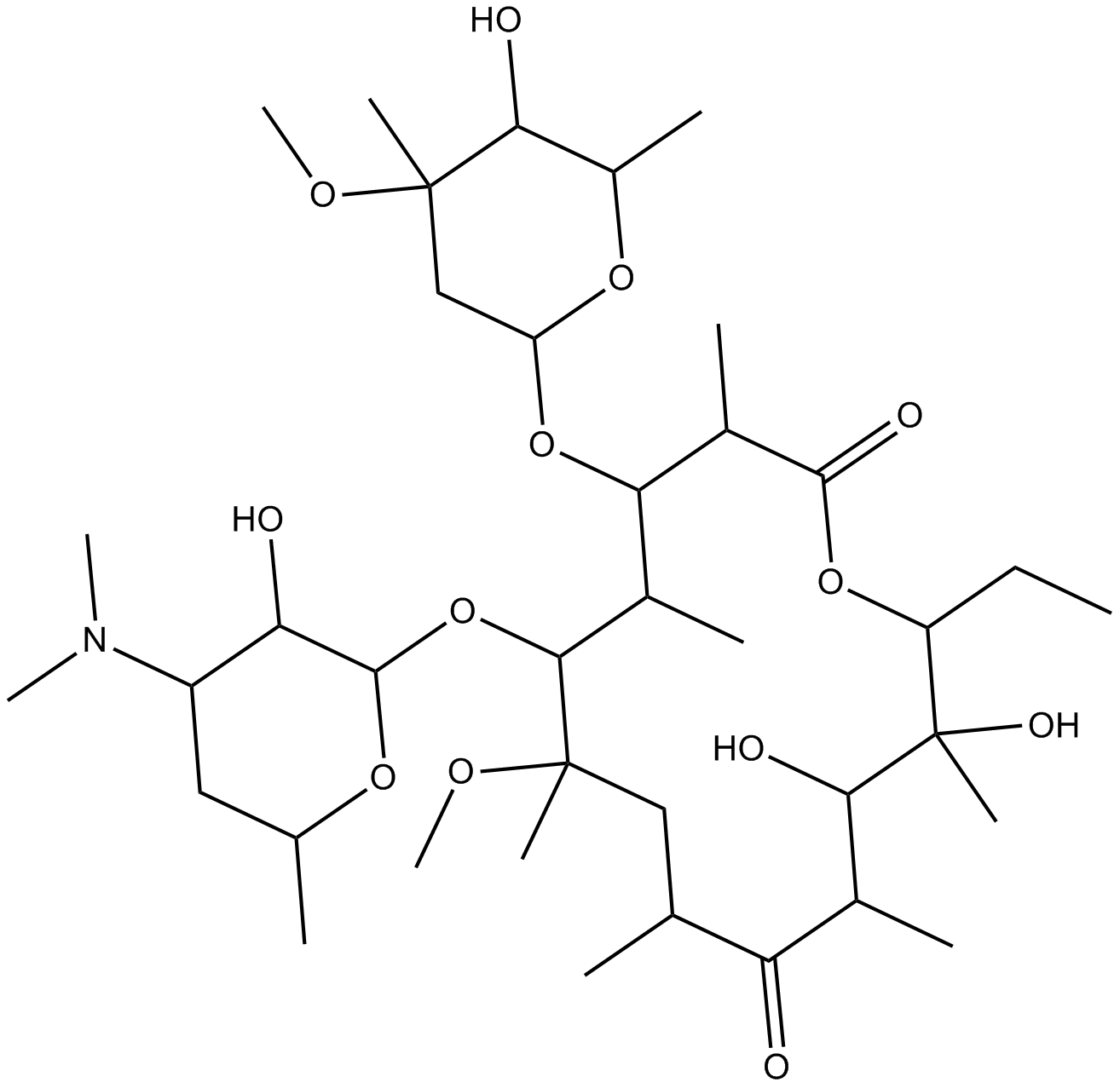
-
GC38901
Clavulanate lithium
Clavulanate lithium is a potent β-lactamase inhibitor and acts as an antibiotic.
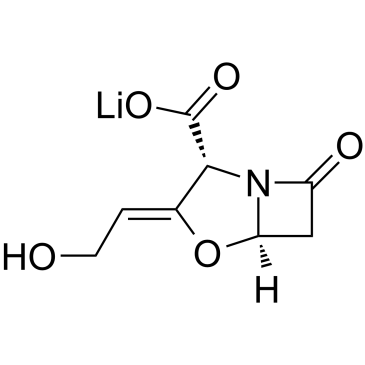
-
GC66053
Clavulanic acid
Clavulanic acid is a naturally occurring powerful bacterial β-lactamases inhibitor for research of infections caused by bacteria, including infections of the ears. Clavulanic acid is active against a wide spectrum of gram-positive and gram-negative bacterias.
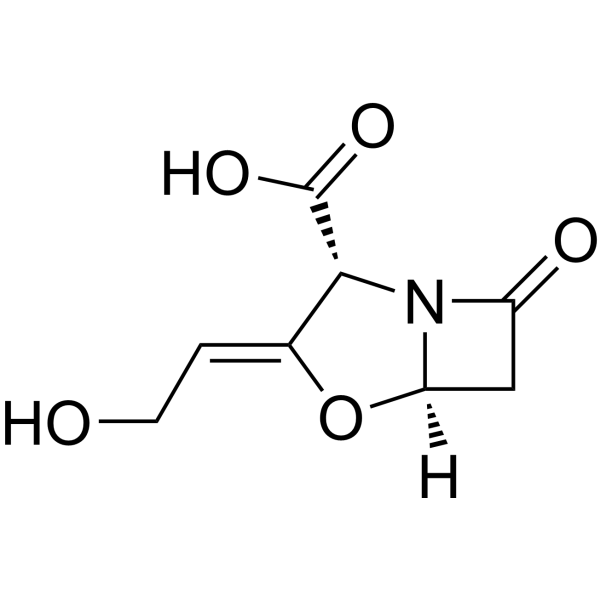
-
GC64264
Cleistanthin B
Cleistanthin B (Diphyllin O-glucoside) is an orally active arylnaphthalene lignan lactone glycoside.
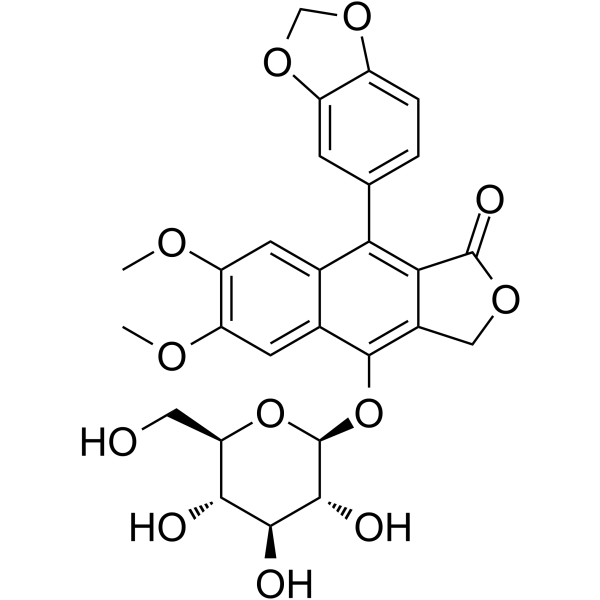
-
GC12444
Clemizole
An antihistamine and TRPC5 channel blocker
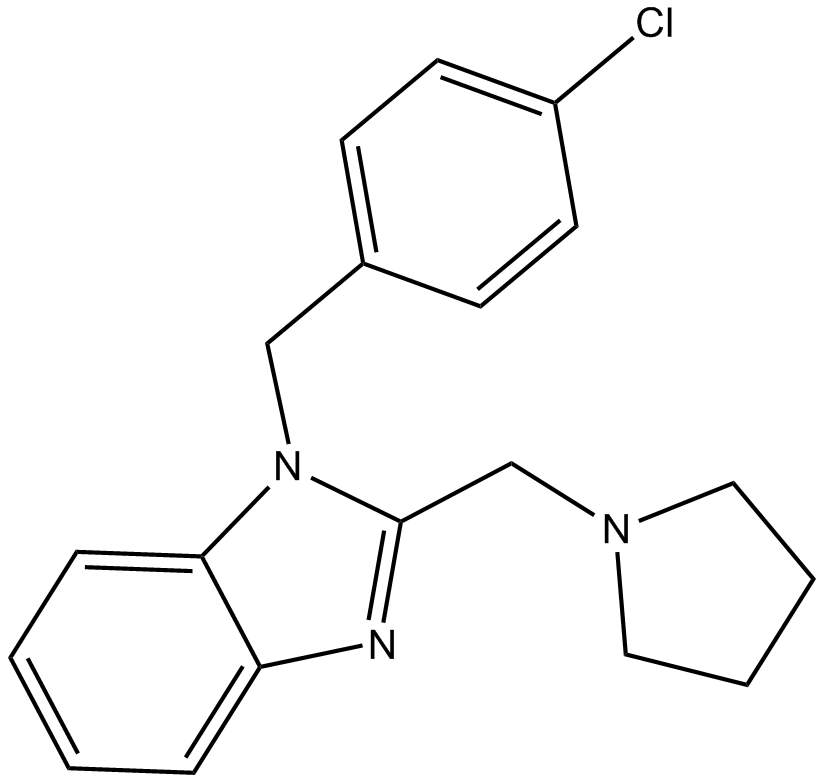
-
GC17701
Clemizole hydrochloride
AL 20, Allercur
An antihistamine and TRPC5 channel blocker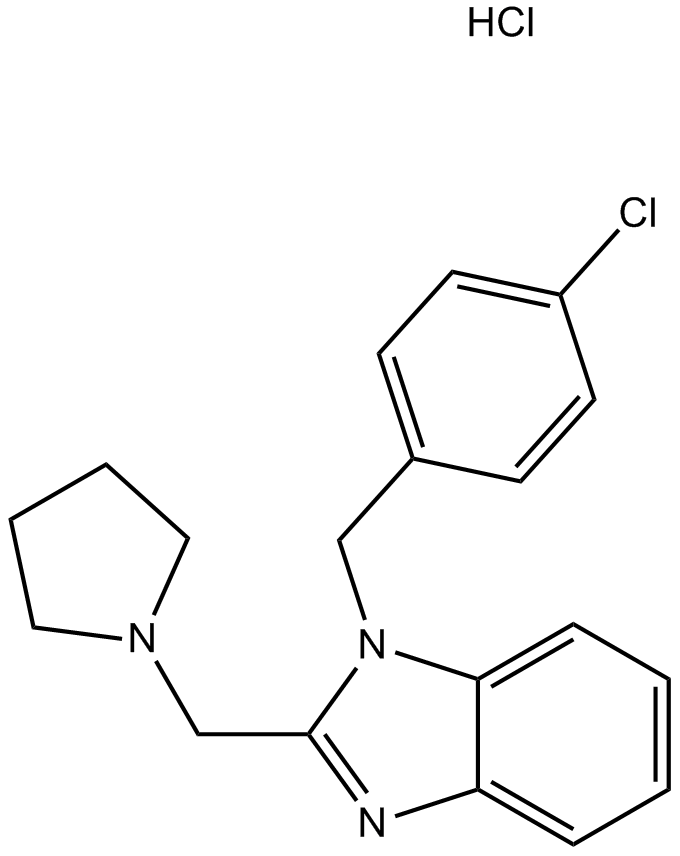
-
GC60715
Cletoquine oxalate
Cletoquine oxalate (Desethylhydroxychloroquine oxalate) is a major active metabolite of Hydroxychloroquine.
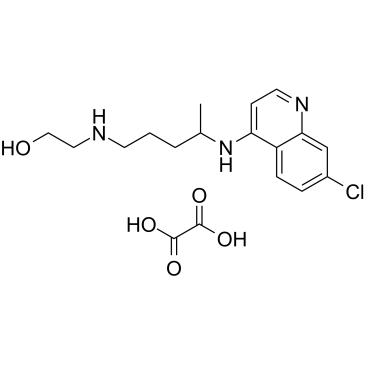
-
GC12635
Clevudine
Levovir, L-FMAU
antiviral drug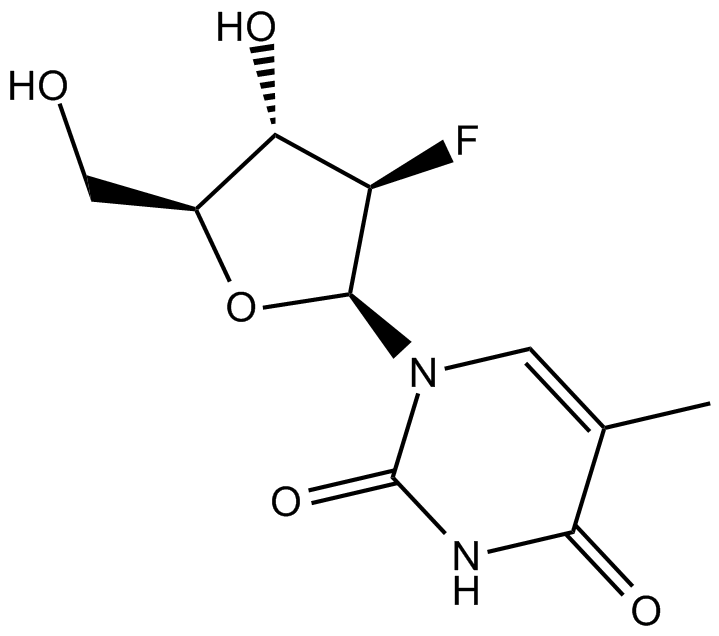
-
GC50573
Click N-Acetylmuramic acid - alkyne
Bacterial peptidoglycan derivative; suitable for 'click'-conjugation to fluorescent dyes
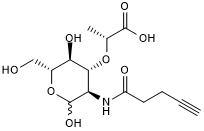
-
GC11460
Climbazole
BAY-e 6975
Broad-spectrum imidazole antifungal agent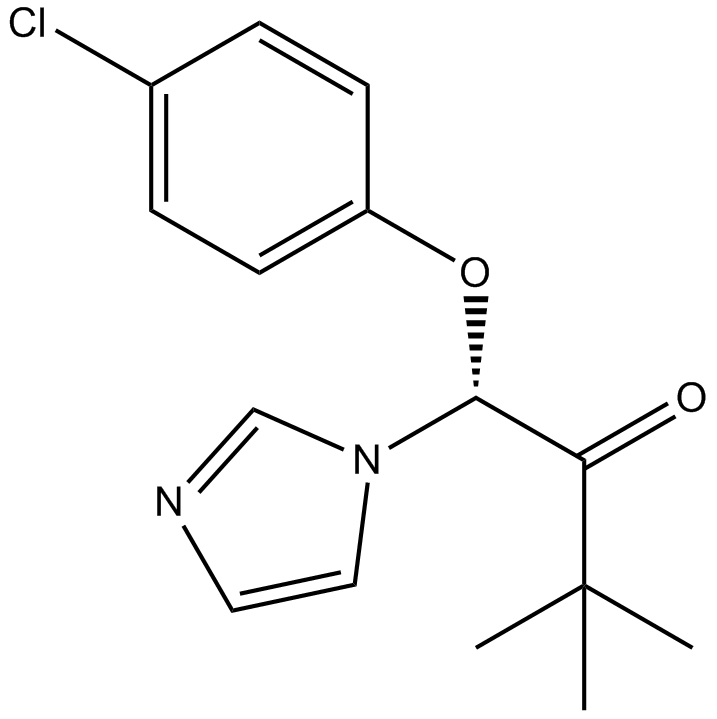
-
GC16681
Clinafloxacin (AM1091)
Clinafloxacin (AM 1091) is a potent and broad-spectrum fluoroquinolone antibiotic, has inhibitory activity against gram-positive, gram-negative bacterias, and anaerobic pathogens in vitro.
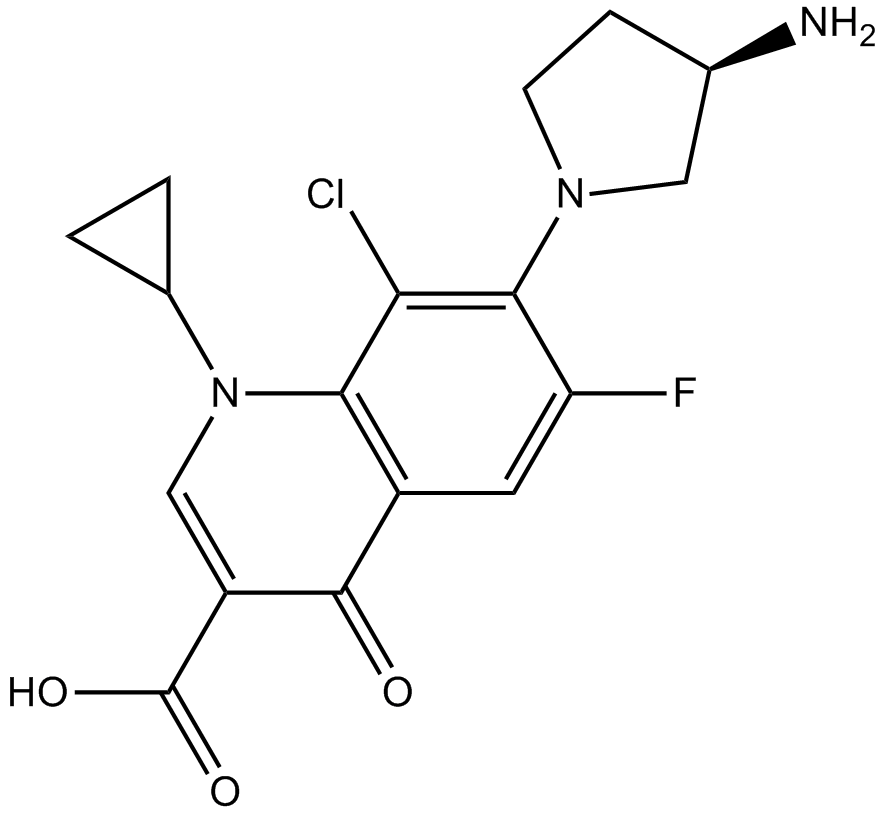
-
GC13259
Clinafloxacin (hydrochloride)
AM1091
fluoroquinolone antibiotic that displays broad-spectrum antibacterial activity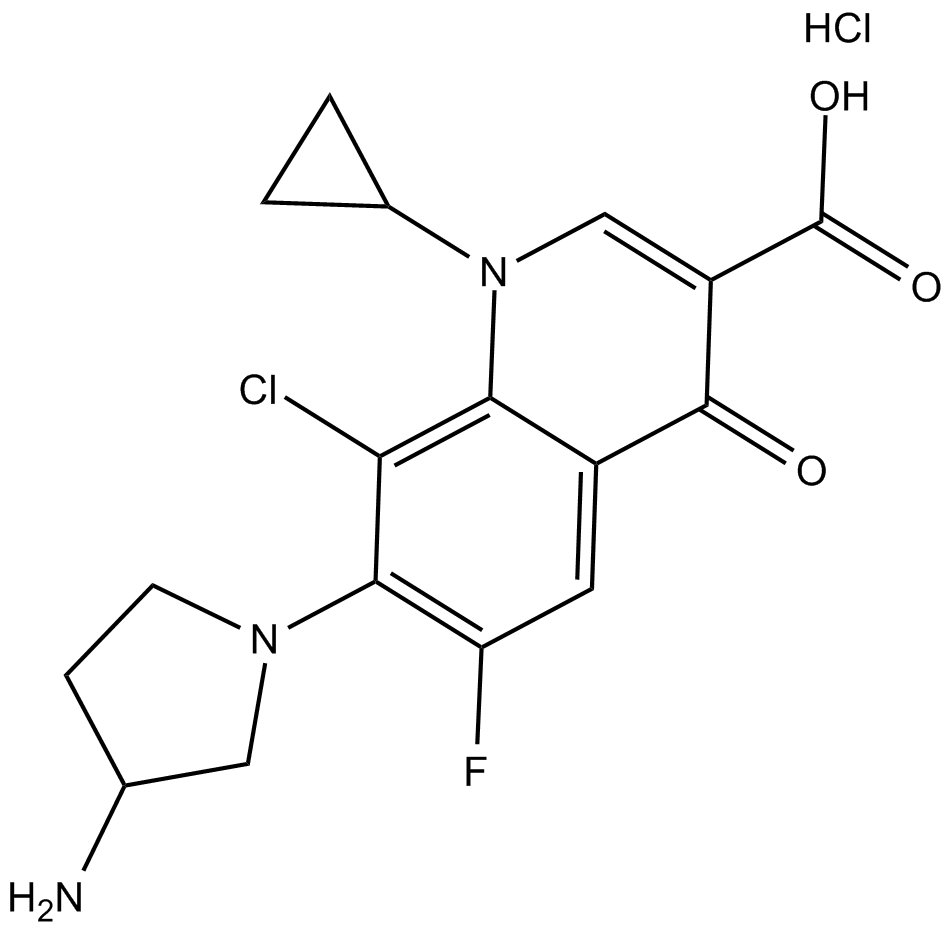
-
GC17875
Clindamycin
U-21251
Antibiotic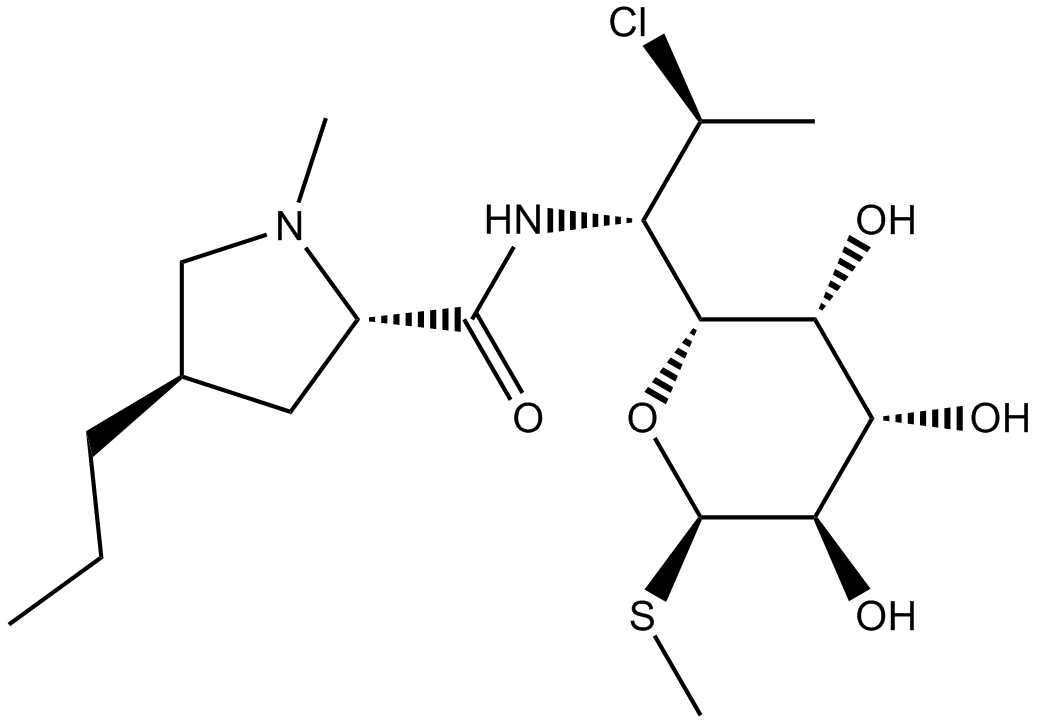
-
GC15349
Clindamycin HCl
Clindamycin (hydrochloride) is a semisynthetic lincosamide antibiotic, which inhibits protein synthesis by acting on the 50S ribosomal.
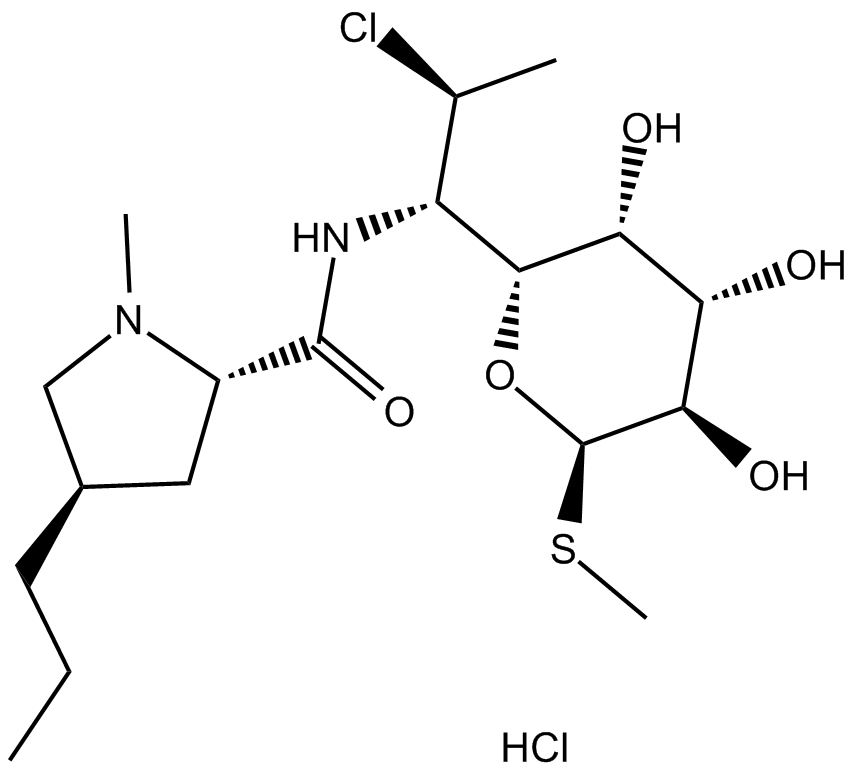
-
GC45895
Clindamycin Palmitate (hydrochloride)
A water-soluble prodrug form of clindamycin
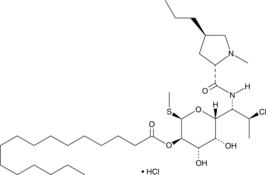
-
GC13372
Clindamycin palmitate HCl
Clindamycin 2-Palmitate
Clindamycin palmitate HCl is a hydrochloride salt of the ester of clindamycin and palmitic acid and it is an antibacterial drug.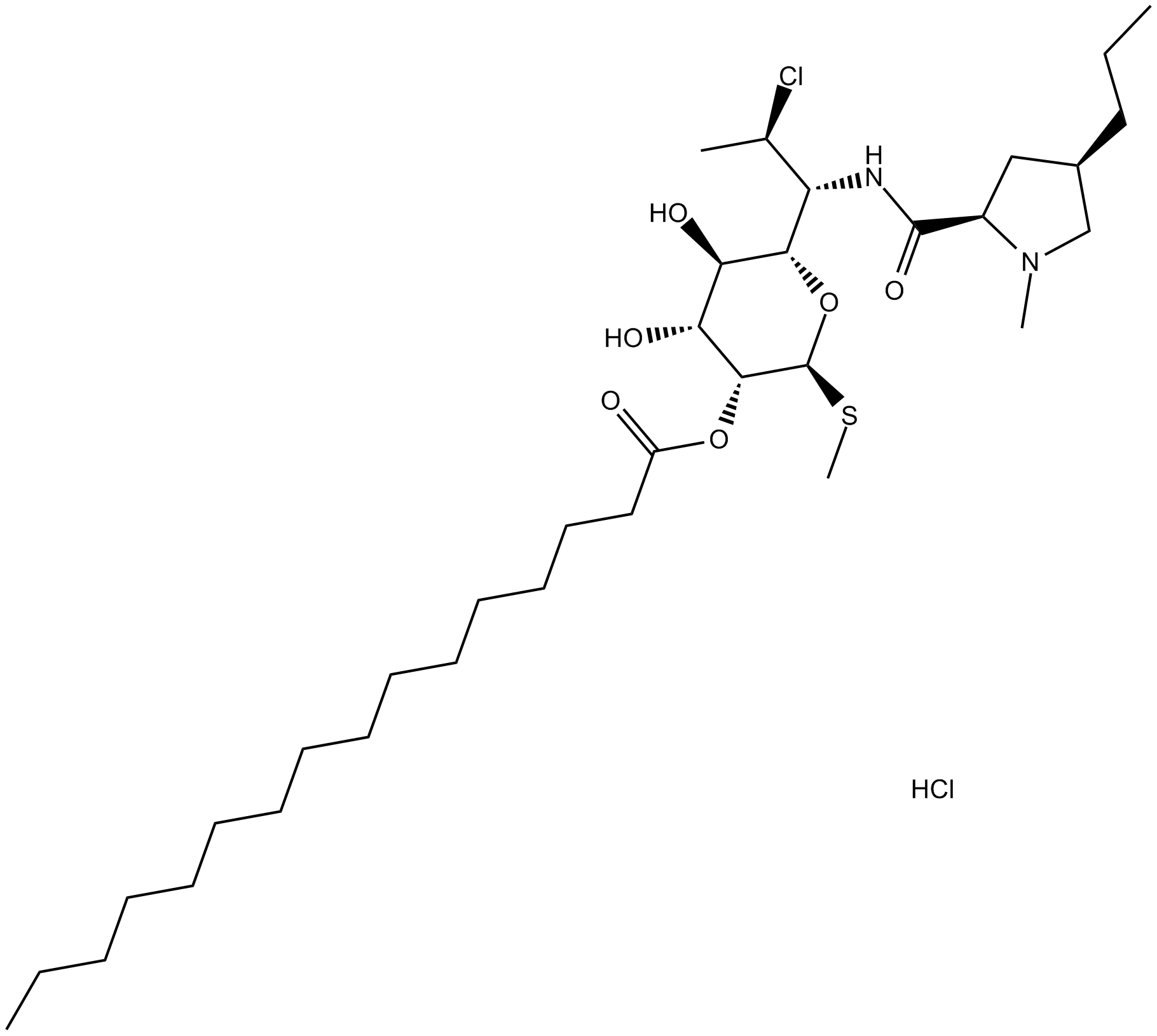
-
GC17406
Clindamycin Phosphate
Clindamycin 2-Phosphate, DARE-BV1, NSC 618653, U-28508
Lincosamide antibiotic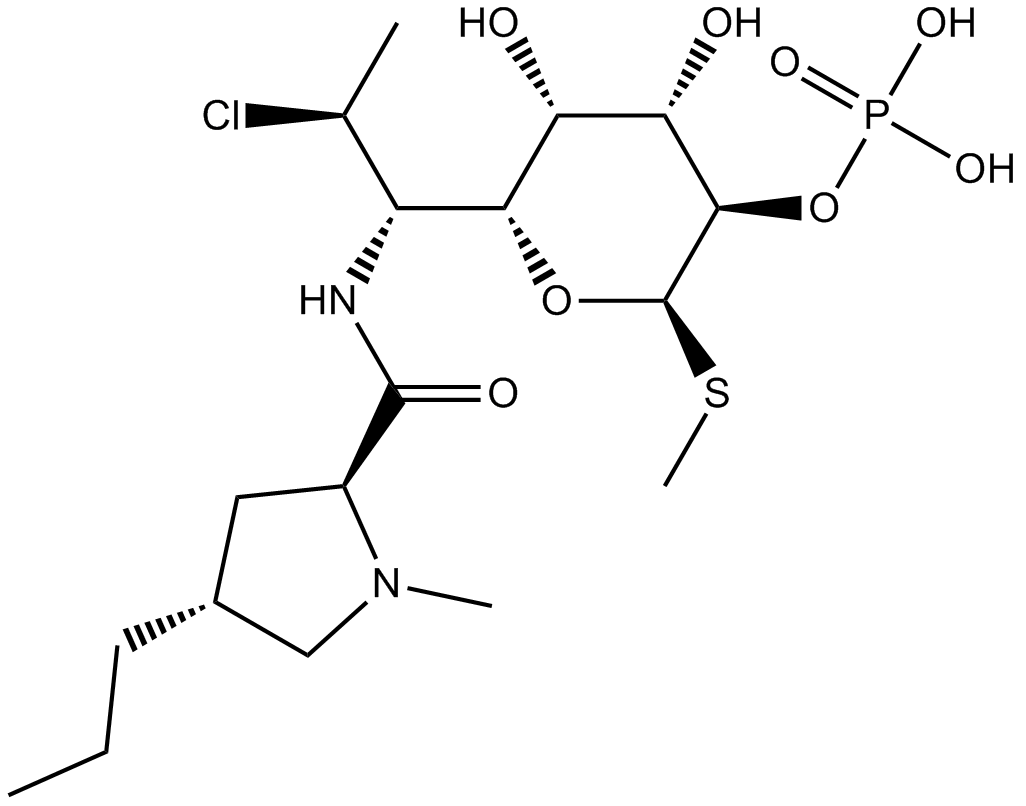
-
GC32078
Clioquinol (Iodochlorhydroxyquin)
Iodochlorohydroxyquin, NSC 3531, NSC 74938
Clioquinol (Iodochlorhydroxyquin) (Iodochlorhydroxyquin) is a topical antifungal agent with anticancer activity.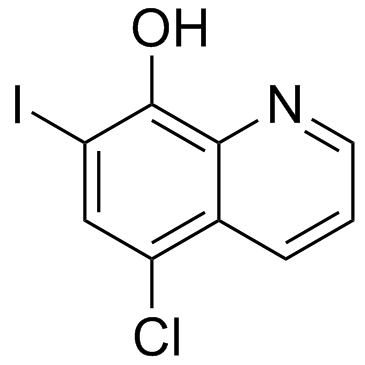
-
GC13195
Clofazimine
NSC 141046
Tuberculosis drug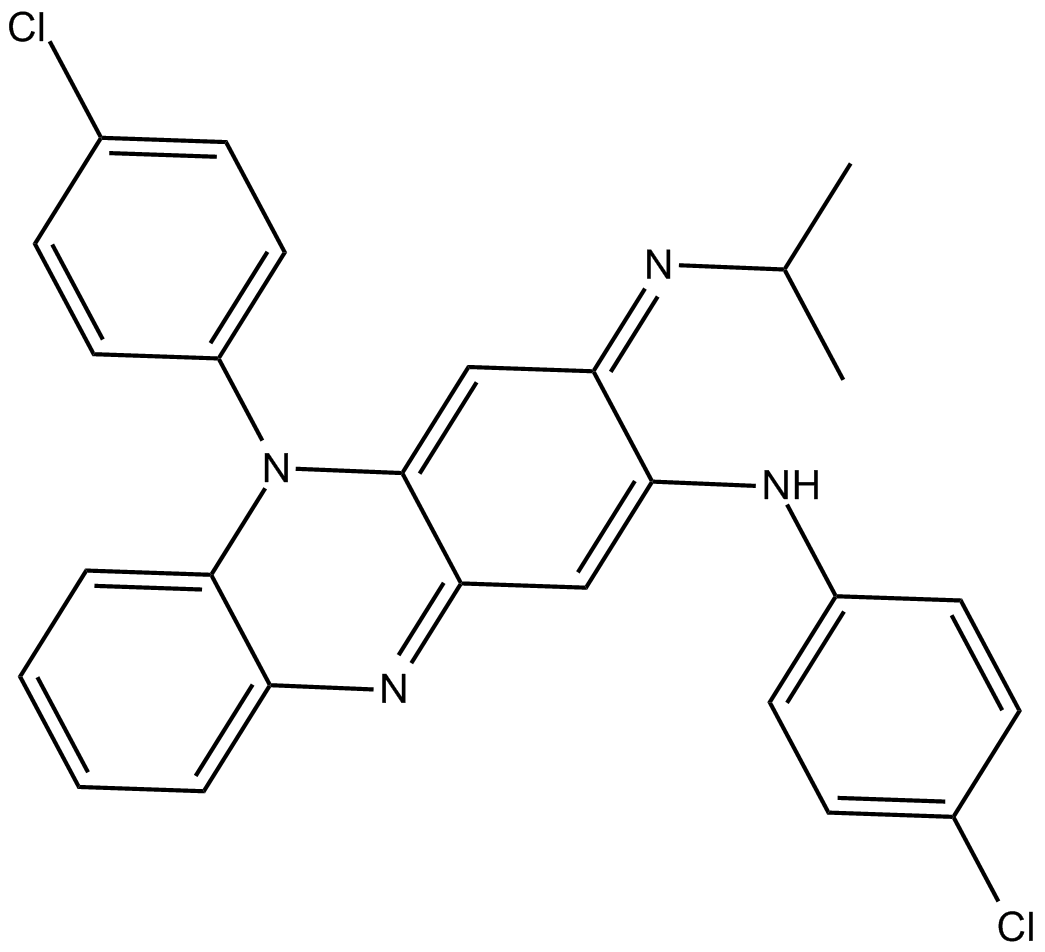
-
GC32678
Clofoctol
Clofoctol is a bacteriostatic antibiotic.
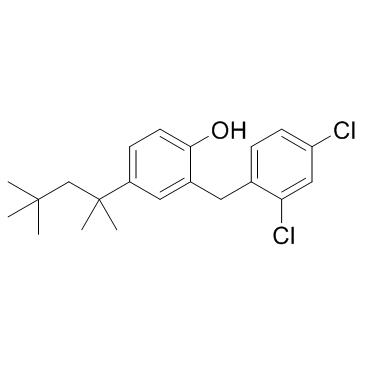
-
GC16093
Clopidol
Farmcoccid, Meticlorpindol, NSC 253479, WR 61112
Coccidiosta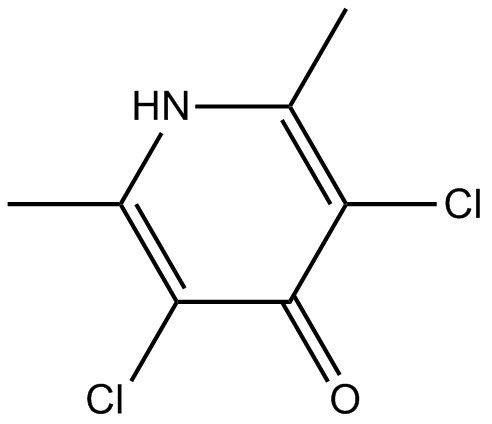
-
GC10143
Clorsulon
L-631529, MK 401
Anthelmintic agent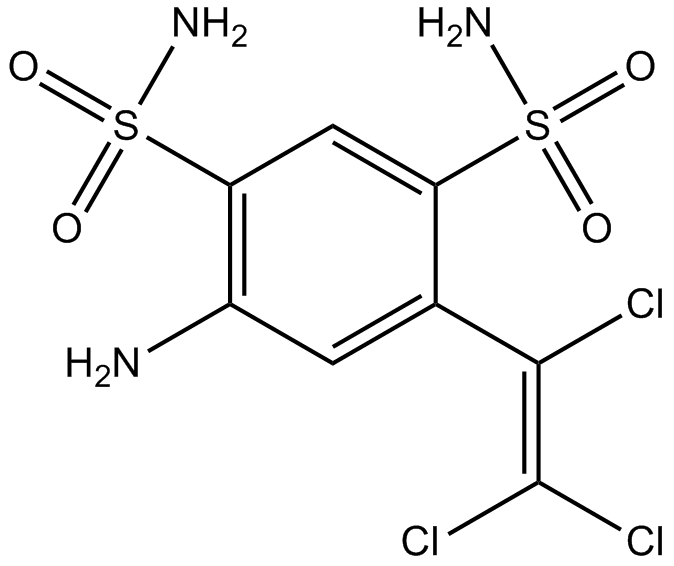
-
GC11661
Closantel
NSC 335306
Gram positive antibacterial activity inhibitor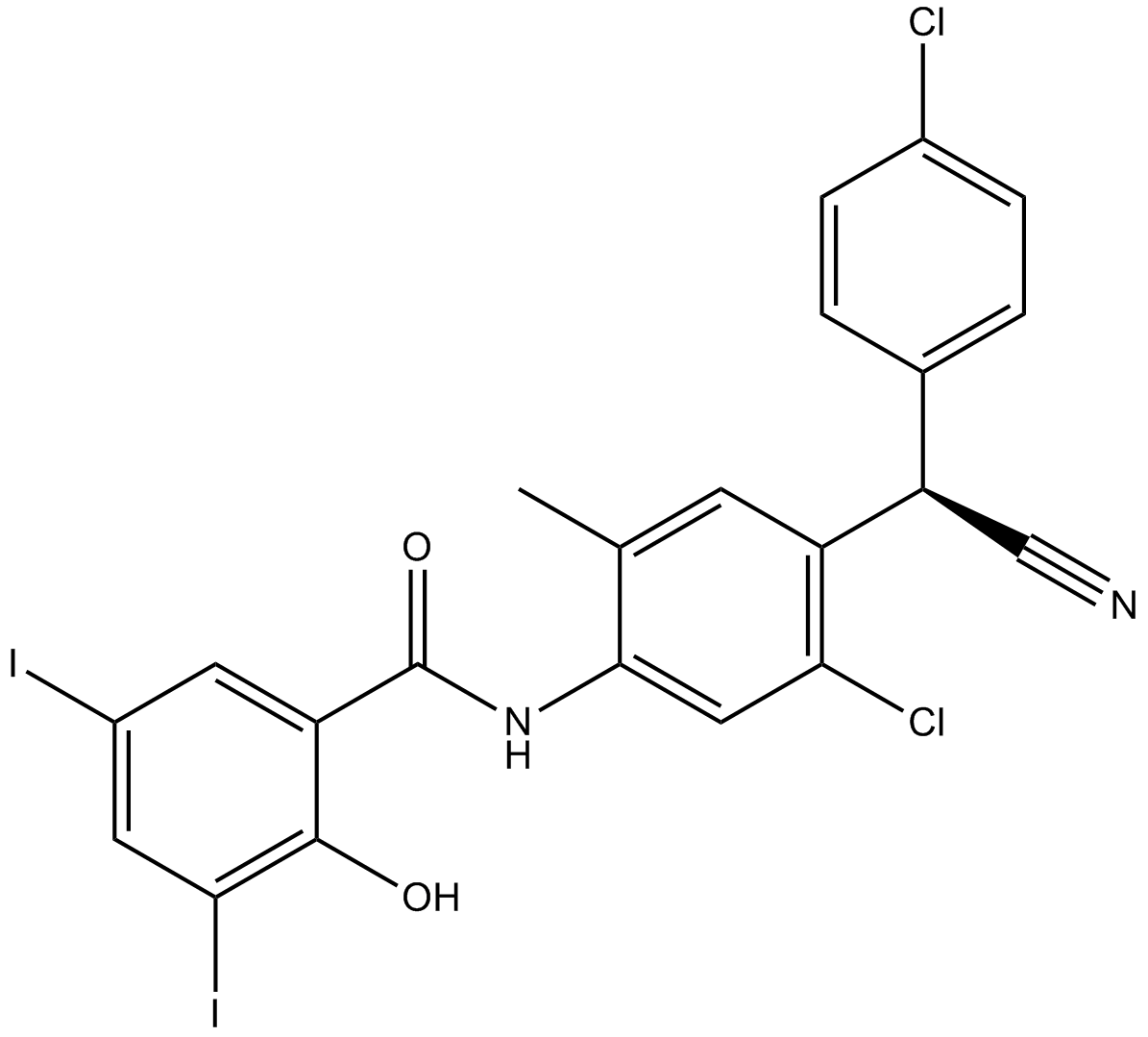
-
GC17509
Closantel Sodium
Gram positive antibacterial activity inhibitor
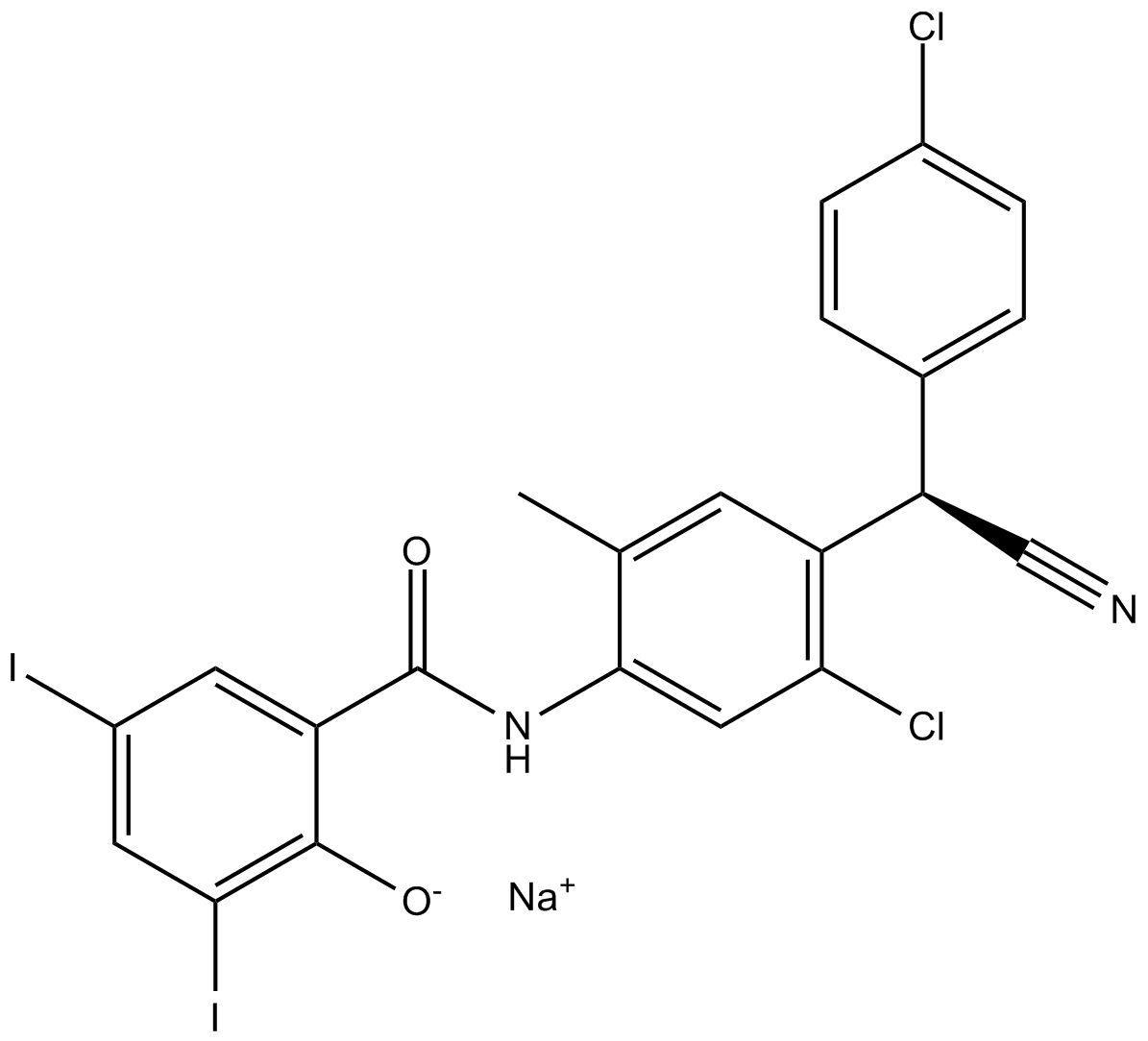
-
GC32291
Closthioamide
Closthioamide is a potent inhibitor of bacterial DNA gyrase and highly active against Ec, MRSA, VRE and Mv), with MICs of 9.00 μM, 0.58 μM, 0.58 μM and 72.03 μM respectively.
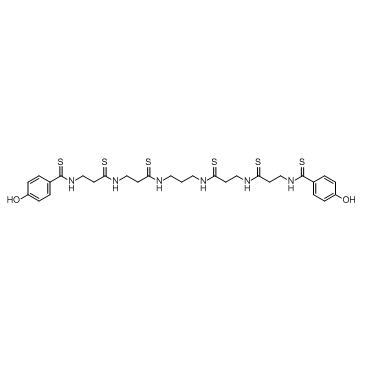
-
GC16804
Clotrimazole
BAYB5087, NSC 257473
antifungal compound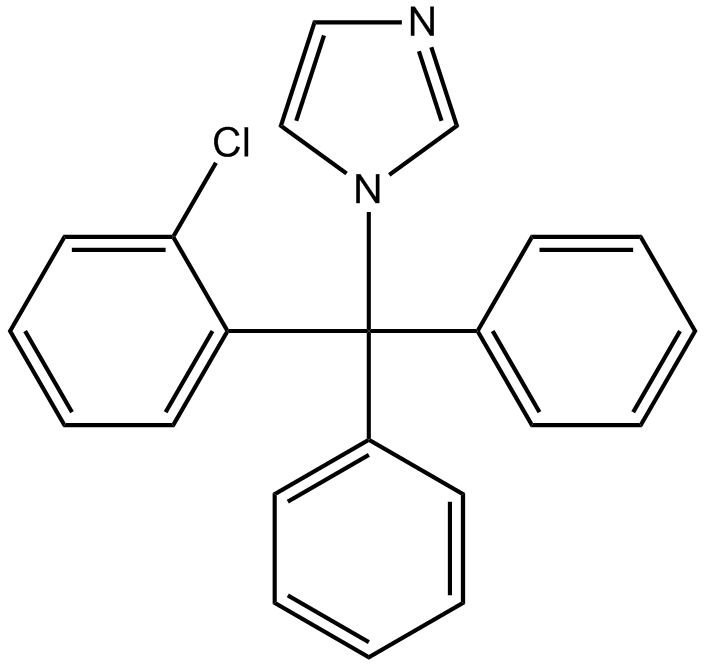
-
GC47109
Clotrimazole-d5
An internal standard for the quantification of clotrimazole
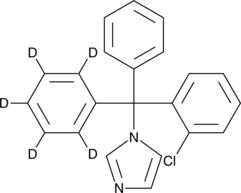
-
GC43282
Cloxacillin (sodium salt)
Cloxacillin is a semisynthetic β-lactamase inhibitor.
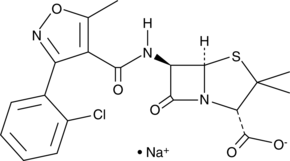
-
GC14183
Cloxacillin Sodium
Cloxacillin Sodium is an orally active antibacterial agent and β-lactamase inhibitor with an IC50 of 0.04 μM.
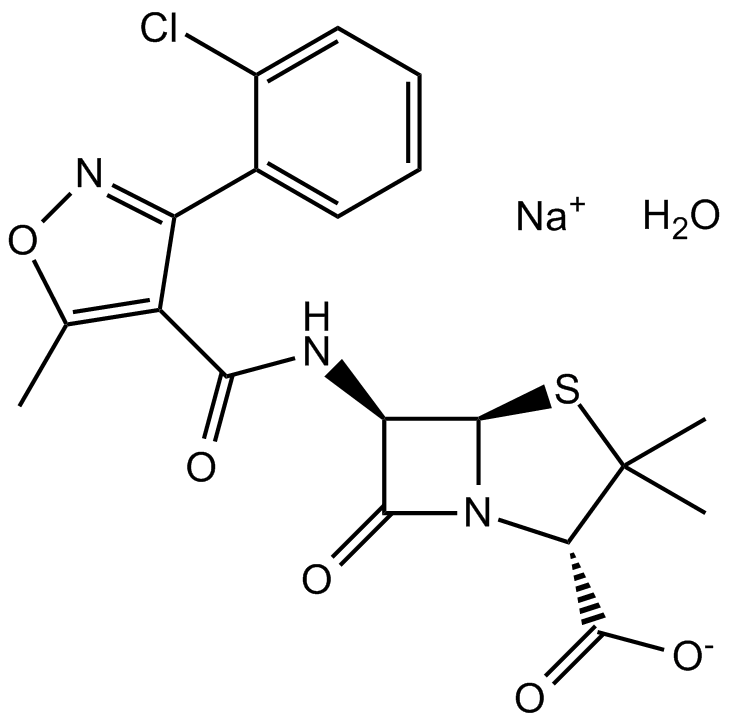
-
GC32184
Cloxiquine (5-Chloro-8-quinolinol)
Cloxiquine (5-Chloro-8-quinolinol) (5-Chloro-8-quinolinol) is an antibacterial, antifungal and antiamoebic agent.
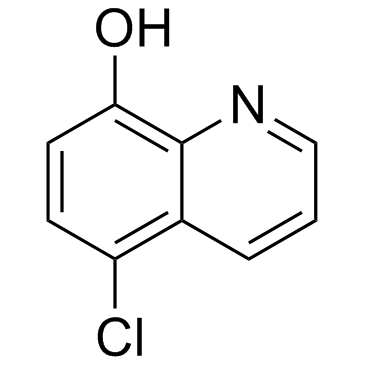
-
GC17689
CMX001
Brincidofovir; HDP-CDV
CMX001 (CMX001), the lipid-conjugated prodrug of Cidofovir, is an orally available, long-acting antiviral.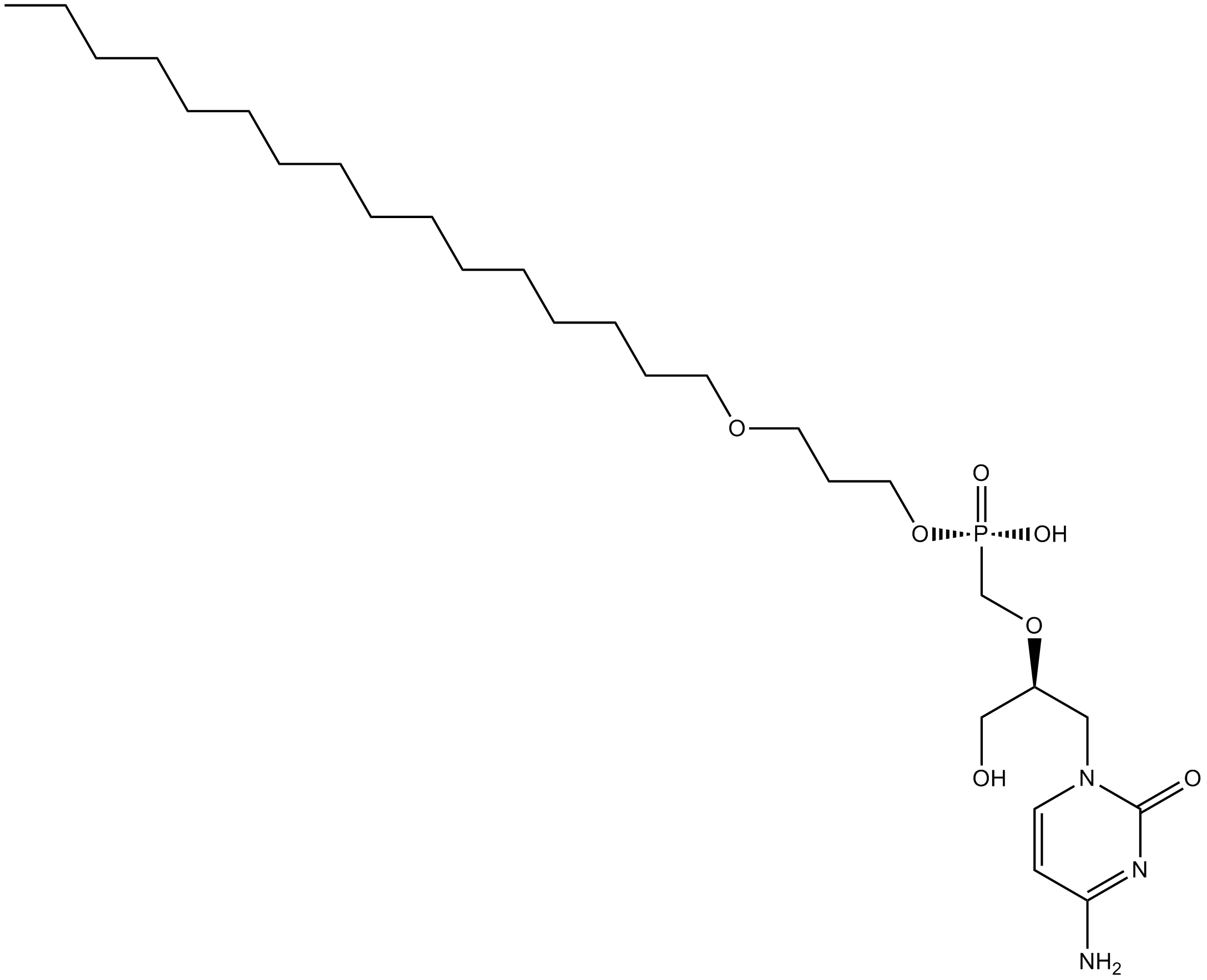
-
GC49096
Cobaltic Protoporphyrin IX (chloride)
An inducer of HO-1 activity
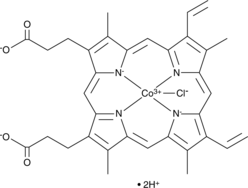
-
GC14269
Cobicistat (GS-9350)
GS-9350
An inhibitor of CYP3A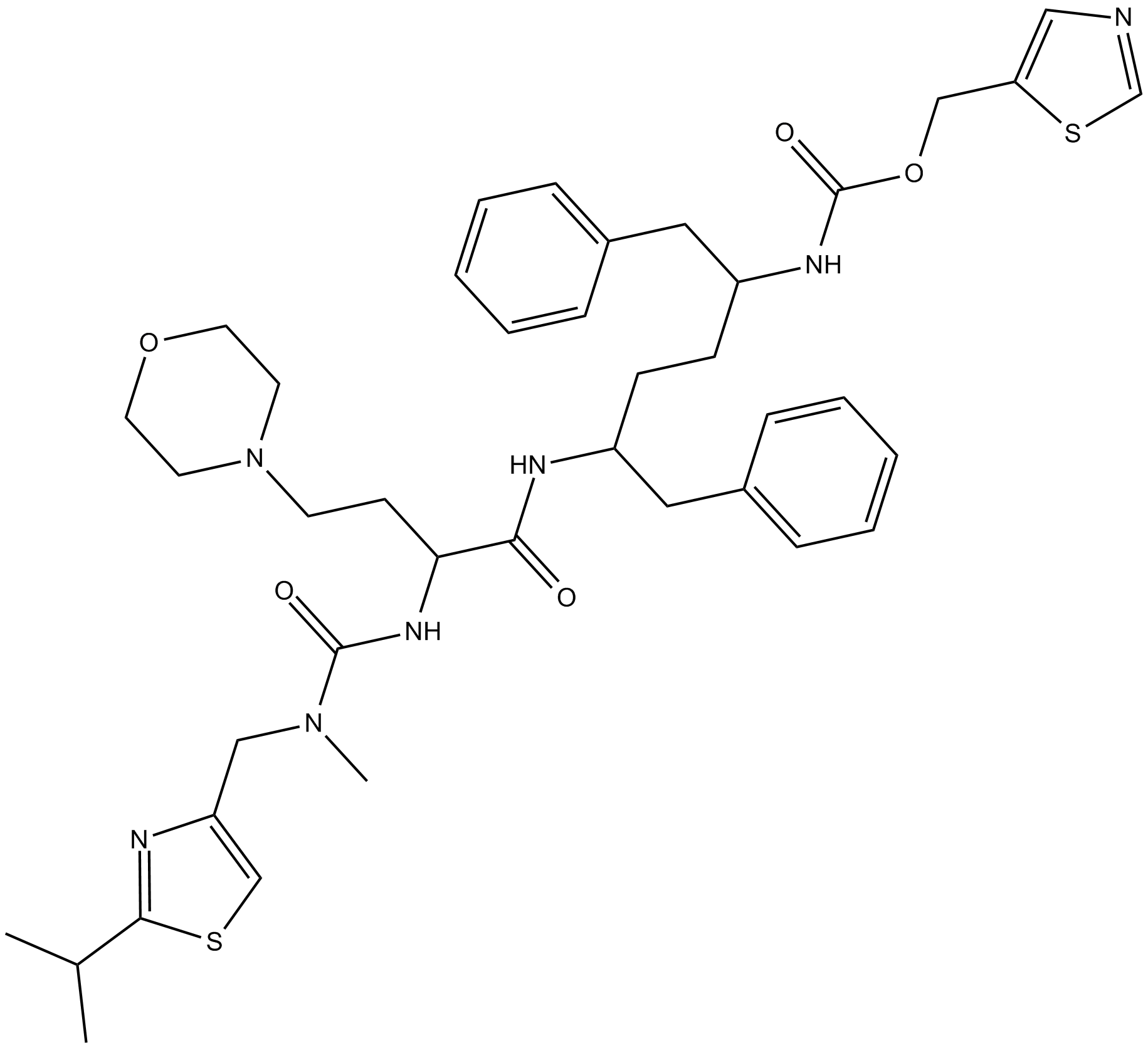
-
GC64065
Coblopasvir
KW-136
Coblopasvir (KW-136) is a pangenotypic non-structural protein 5A (NS5A) inhibitor.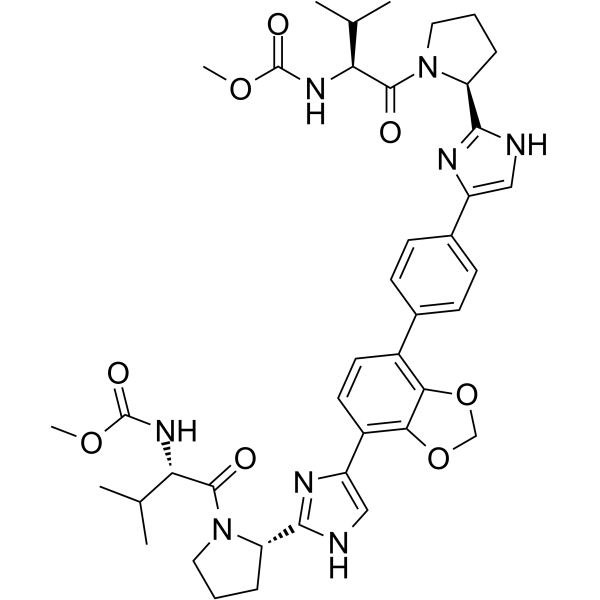
-
GC64066
Coblopasvir dihydrochloride
KW-136 dihydrochloride
Coblopasvir (KW-136) dihydrochloride is a pangenotypic non-structural protein 5A (NS5A) inhibitor.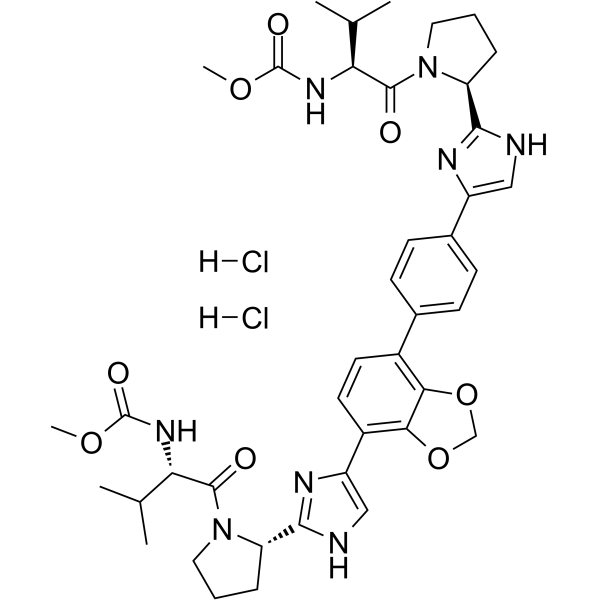
-
GC60720
Coenzyme FO
Coenzyme FO, a deazaflavin chromophore, acts as an important hydride acceptor/donor in the central methanogenic pathway.
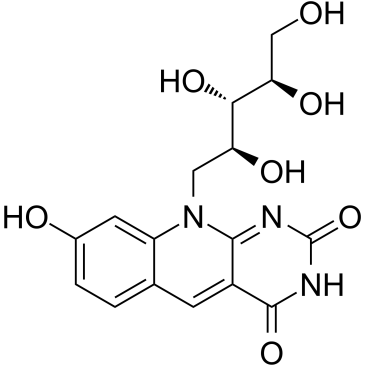
-
GC30144
Coixol (6-Methoxy-2-benzoxazolinone)
Coixol (6-Methoxy-2-benzoxazolinone) (6-Methoxy-2-benzoxazolinone;6-MBOA) is a polyphenol extracted from coix (Coix lachryma-jobiL.
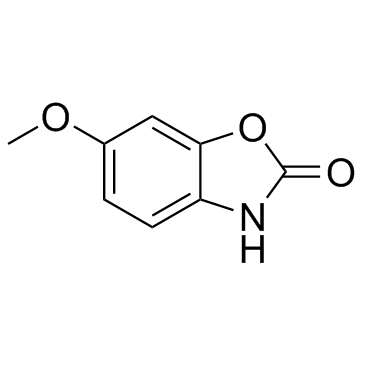
-
GC12613
Colistin Methanesulfonate (sodium salt)
Colimycin M,Polymyxin E sodium methanesulfonate
prodrug for antibiotic colistin (also known as polymyxin E)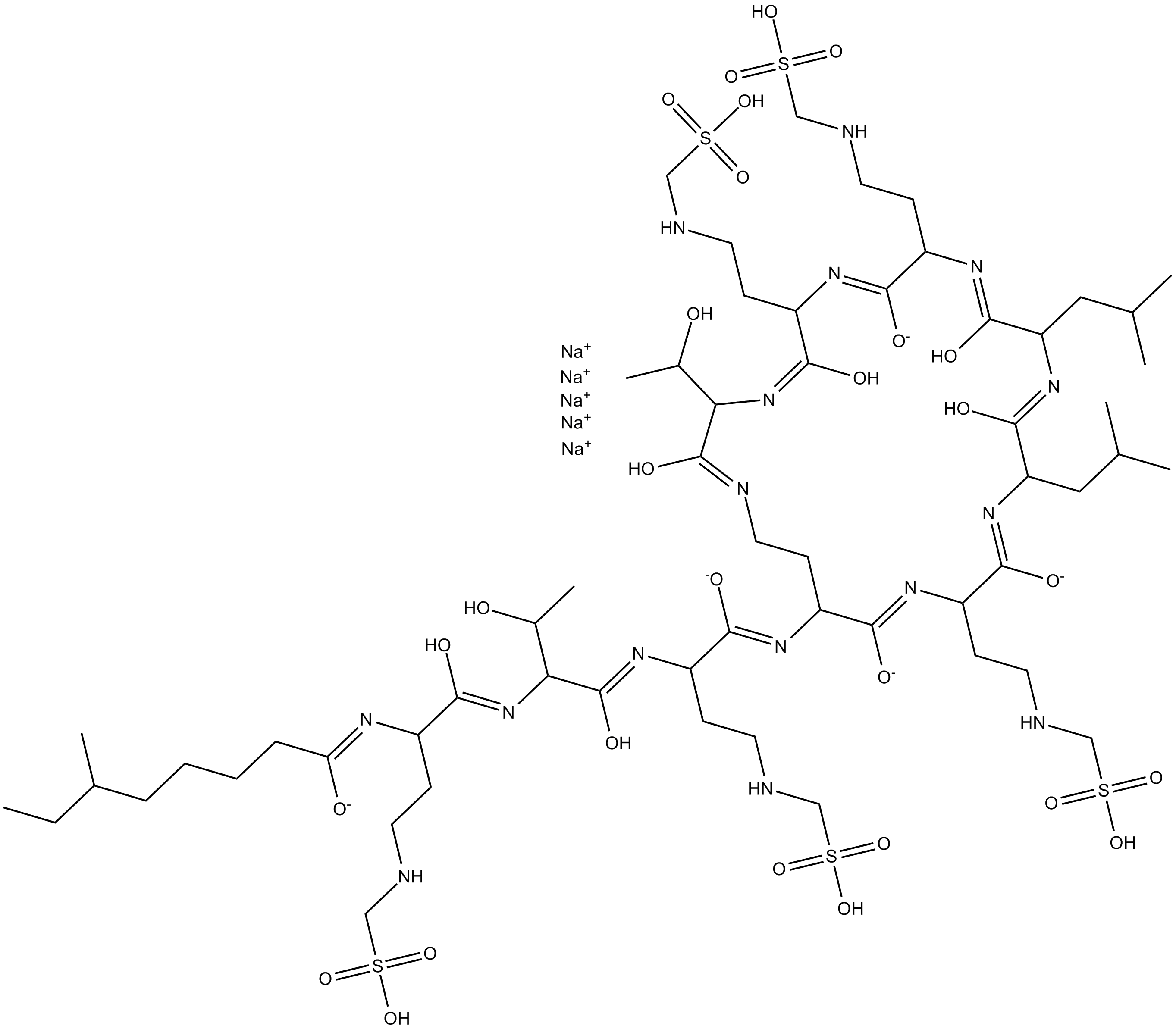
-
GC16332
Colistin Sulfate
Polymyxin E Complex
Cationic polypeptide antibiotic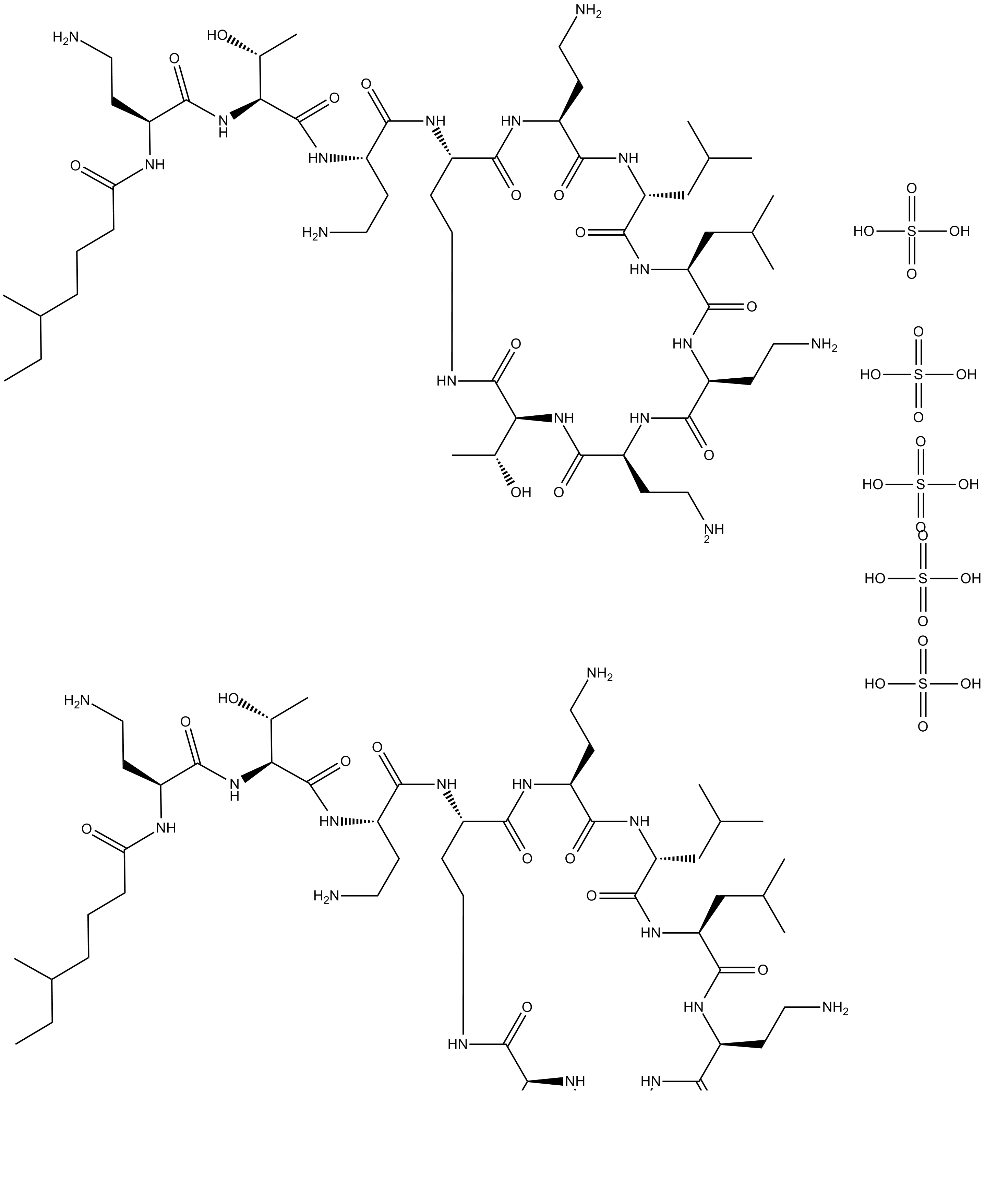
-
GC63892
Colutehydroquinone
Colutehydroquinone is an isoflavonoid that can be found in the root bark of Colutea arborescens.
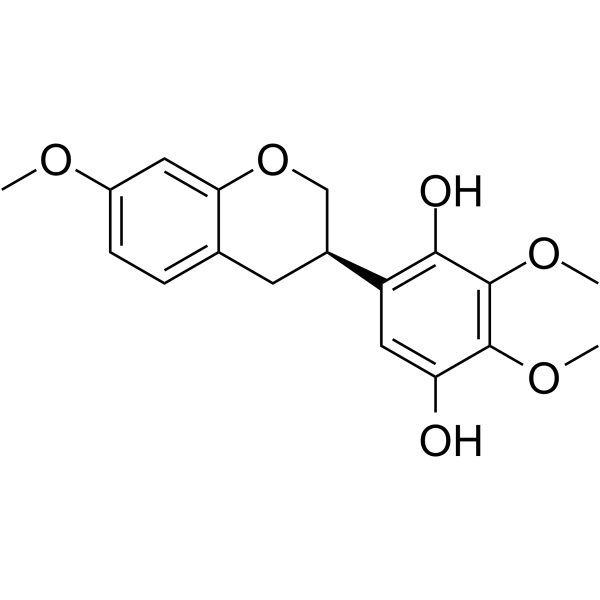
-
GC60722
Comanthoside B
Comanthoside B is a flavonoid glycoside isolated from the aerial portions of Ruellia tuberosa L.
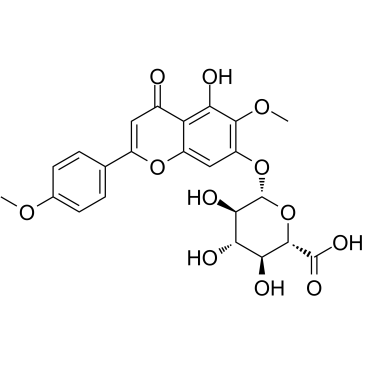
-
GC35725
Coniferin
Abietin
Coniferin (Laricin) is a glucoside of coniferyl alcohol.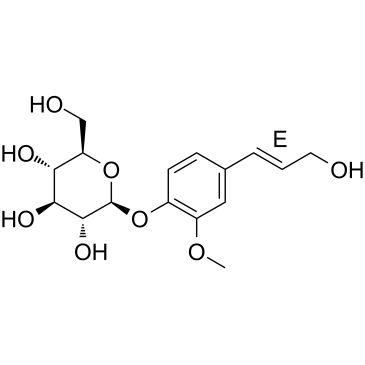
-
GC35726
Coniferyl alcohol
Coniferol
A monolignol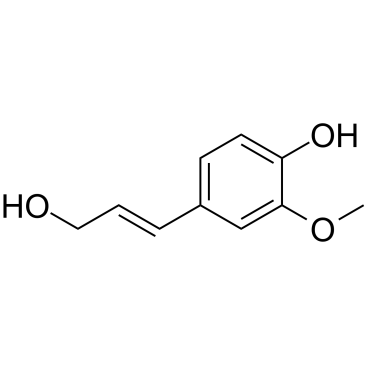
-
GC62706
Contezolid
MRX-I
Contezolid (MRX-I), a new and orally active oxazolidinone, is an antibiotic in study for complicated skin and soft tissue infections (cSSTI) caused by resistant Gram-positive bacteria.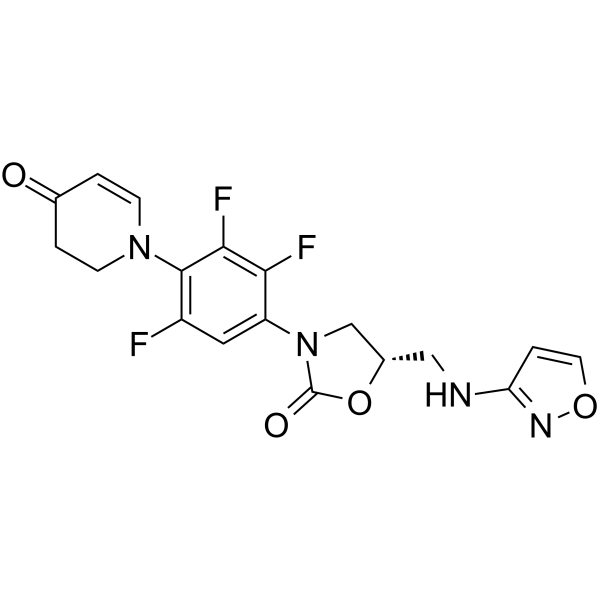
-
GC62902
Contezolid acefosamil sodium
MRX-4 sodium
Contezolid acefosamil sodium (MRX-4), a new and orally active oxazolidinone, is an antibiotic in study for complicated skin and soft tissue infections (cSSTI) caused by resistant Gram-positive bacteria.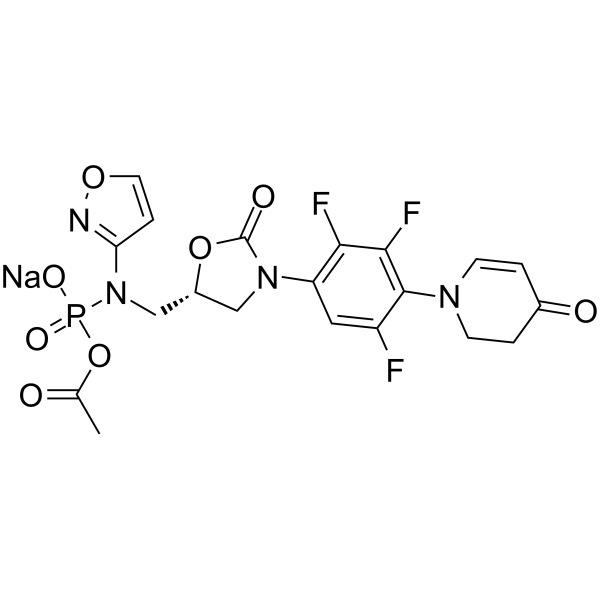
-
GC35729
Continentalic acid
Pimaradienoic Acid
Continentalic acid from Aralia continentalis has minimum inhibitory concentrations (MICs) of approximately 8-16 ?g/mL against S.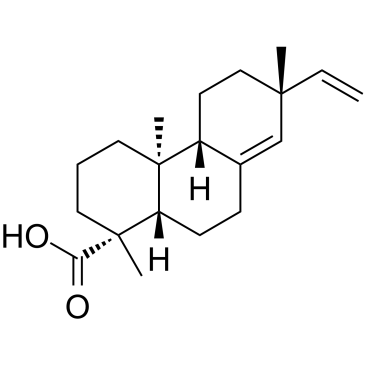
-
GN10577
Coptisine chloride
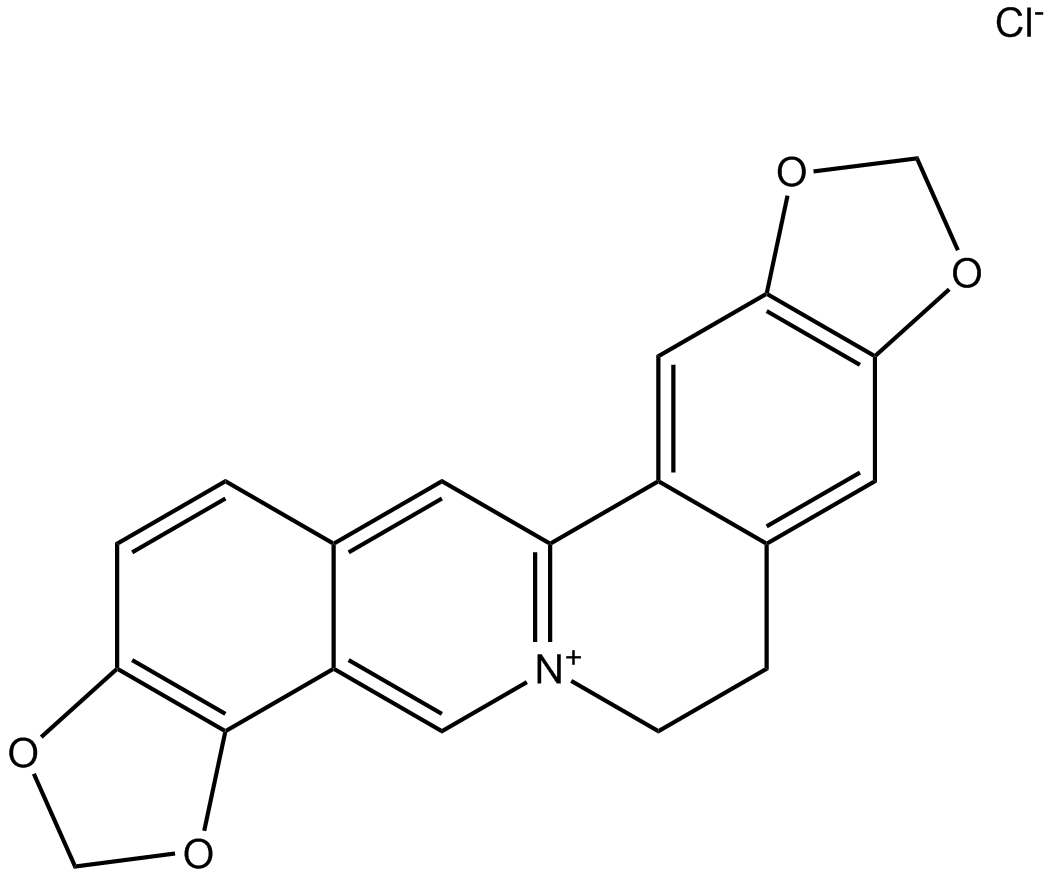
-
GN10346
Corilagin
A natural polyphenol
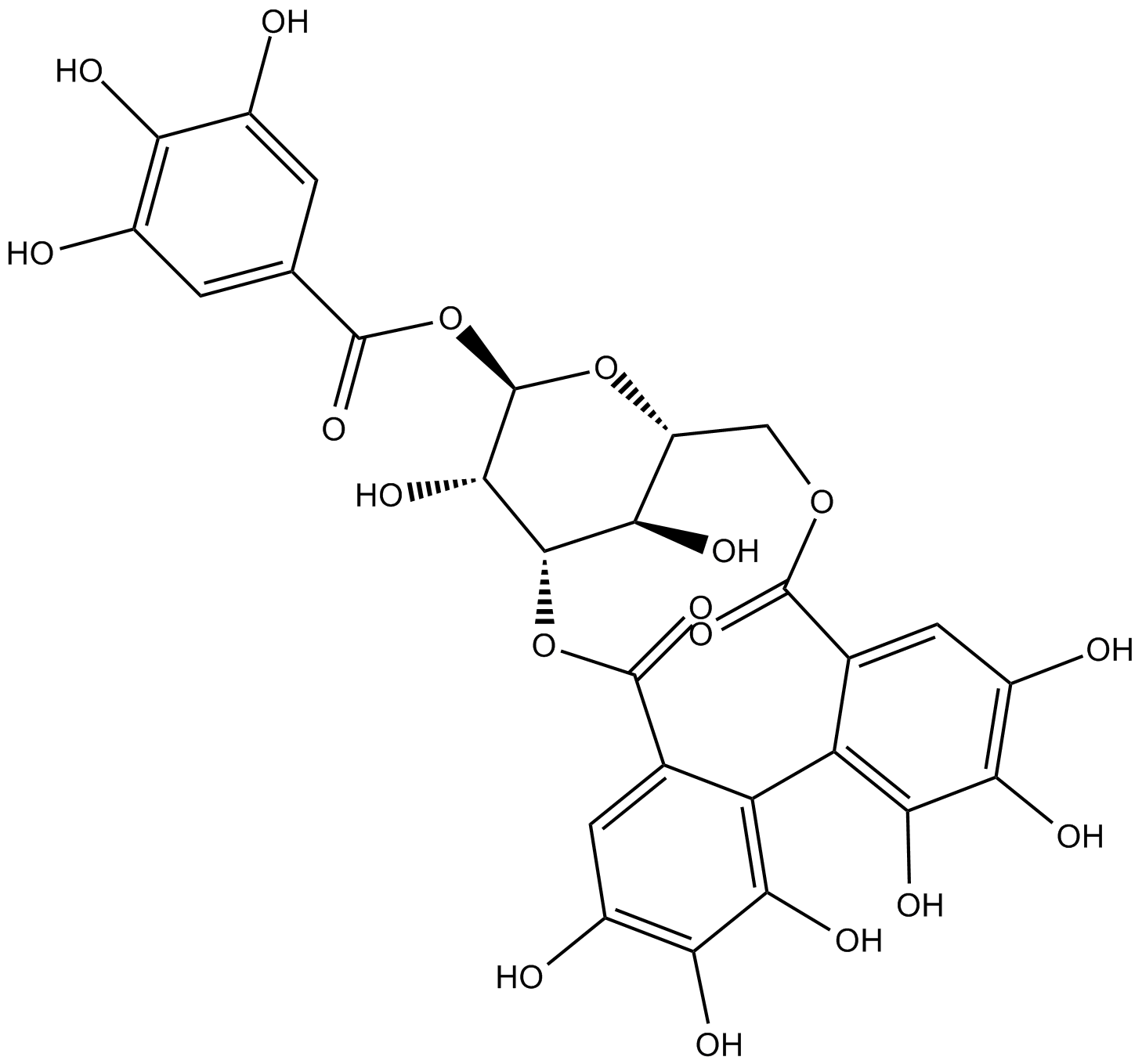
-
GC64090
Corydalmine
Corydalmine (L-Corydalmine) inhibits spore germination of some plant pathogenic as well as saprophytic fungi.
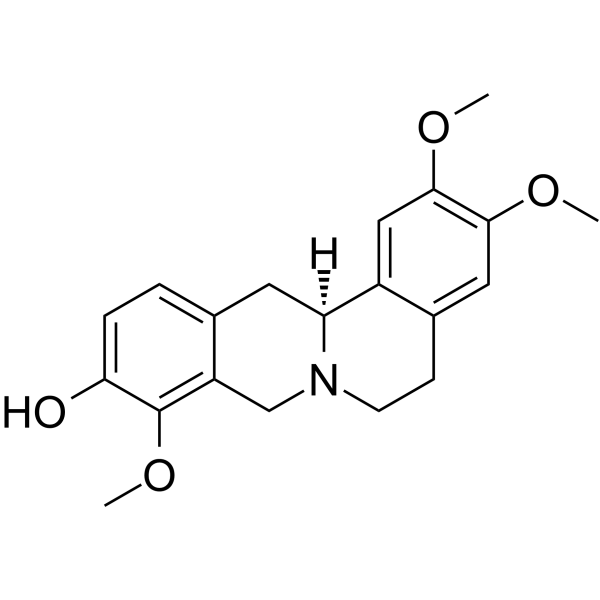
-
GC35731
Corydine
(+)-Corydine
Corydine is a naturally occurring alkaloid which can be extracted from plants such as Croton echinocarpus leaves.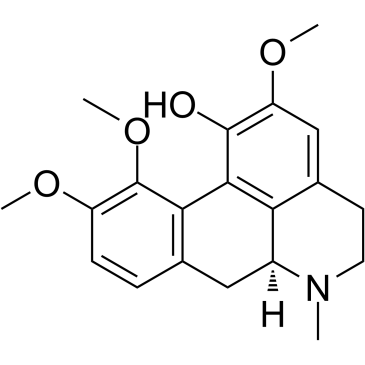
-
GC32956
Corylin
Corylin is a major bioactive compound isolated from Psoralea corylifolia L; antibiotic or anticancer compound.
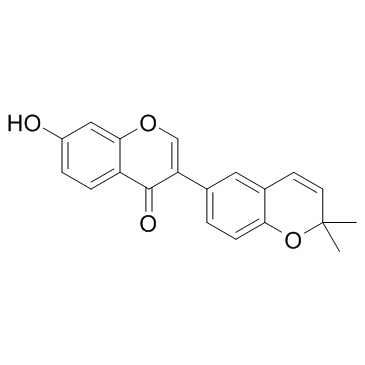
-
GC35732
Corypalmine
Corypalmine is an alkaloid from Corydalis chaerophylla.
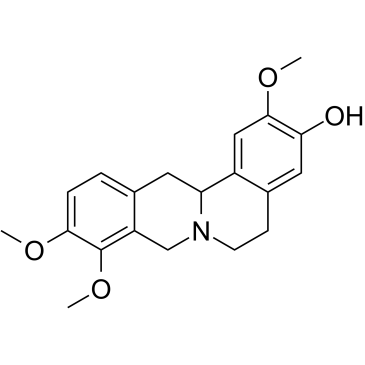
-
GC47121
Cotrimoxazole
TMP-SMX, Trimethoprim-Sulfamethoxazole
A mixture of the antibiotics sulfamethoxazole and trimethoprom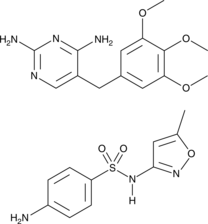
-
GN10663
Coumarin
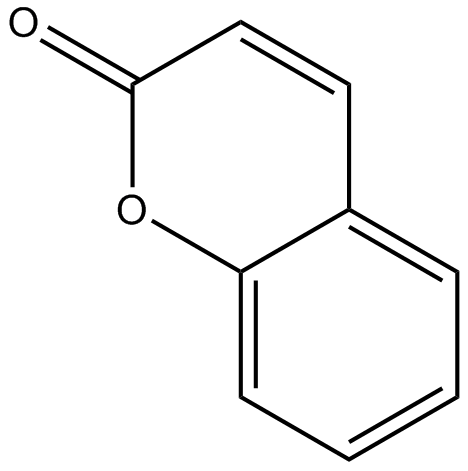
-
GC35737
Cowaxanthone B
Cowaxanthone B is a xanthone isolated from the fruits of Garcinia cowa.
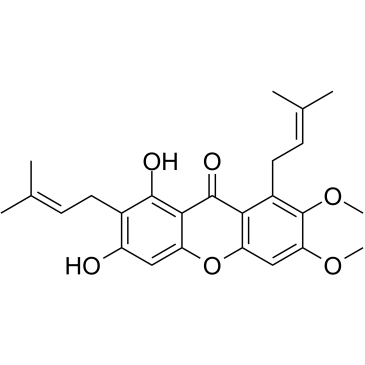
-
GC25306
CQ31
CQ31, a small molecule, selectively activates caspase activation and recruitment domain-containing 8 (CARD8).
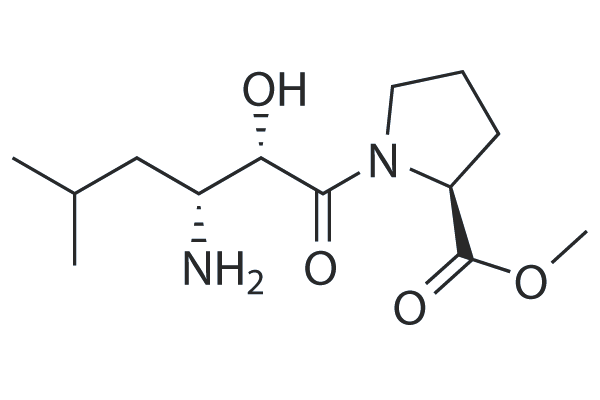
-
GC35743
Cratoxylone
Cratoxylone, isolated from the bark of Cratoxylum Cochinchinense, possesses antiplasmodial activity.
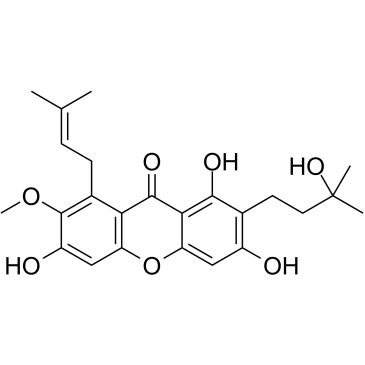
-
GC45413
Cridanimod (sodium salt)
10-Carboxymethyl-9-Acridanone
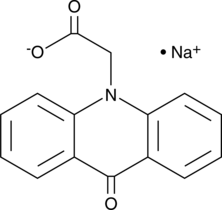
-
GC32274
Crotamiton
N-Ethyl-o-Crotonotoluidide
An ectoparasiticide and antipruritic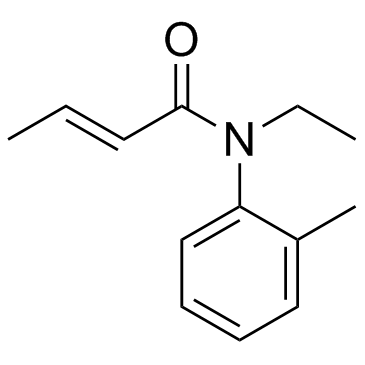
-
GC66395
CRS3123 dihydrochloride
REP-3123 dihydrochloride
CRS3123 (REP-3123) dihydrochloride, a fully synthetic antibacterial agent, potently inhibits methionyl-tRNA synthetase (MetRS) of Clostridioides difficile, inhibiting Clostridioides difficile toxin production and spore formation. CRS3123 dihydrochloride is an oral agent for the research of Clostridioides difficile infection (CDI).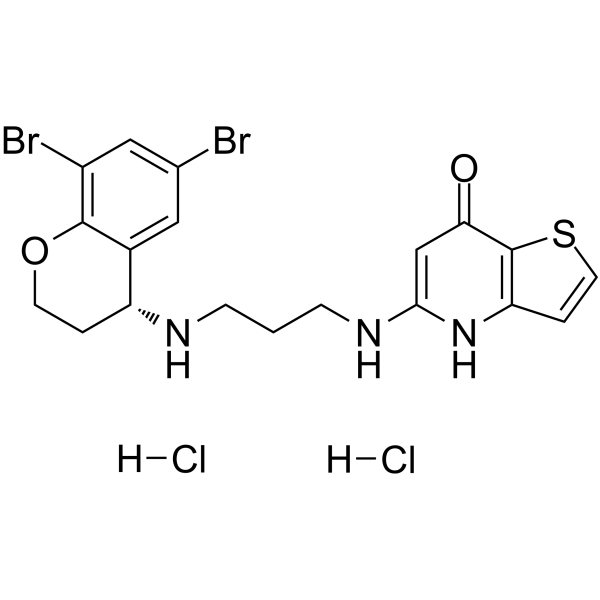
-
GC11687
Crystal Violet
triarylmethane dye
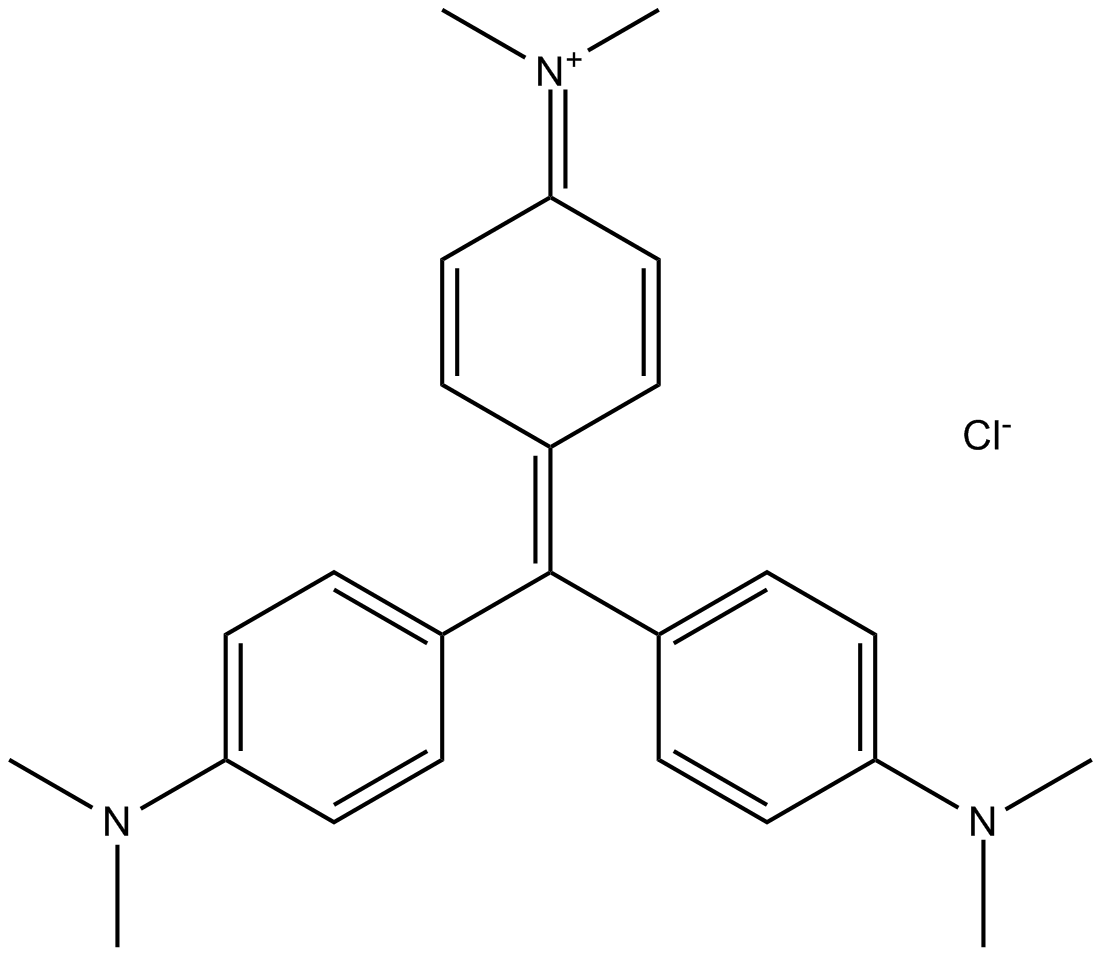
-
GC64061
CSP1
CSP1 is a potent and selective ComD1 receptor agonist, with an IC50 of 10.3 nM.
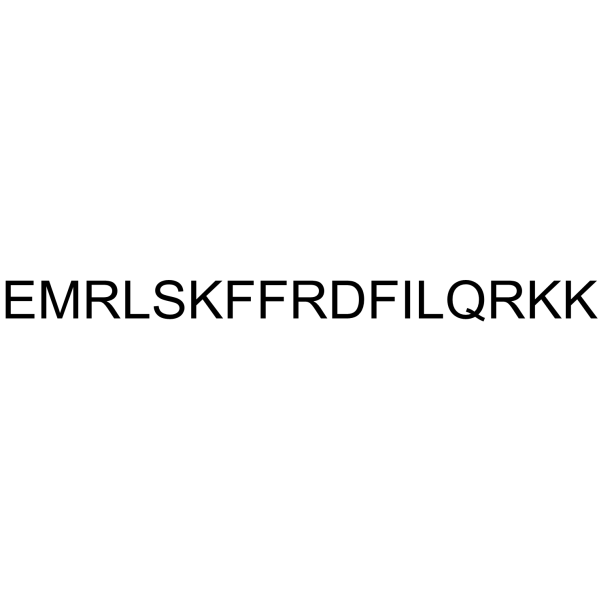
-
GC49557
Cu-GTSM
CuII(gtsm), copper-GTSM
A copper-containing compound with diverse biological activities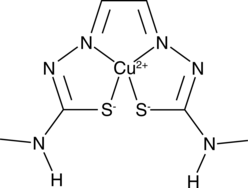
-
GC14787
Curcumin
Indian Saffron, Turmeric yellow
A yellow pigment with diverse biological activities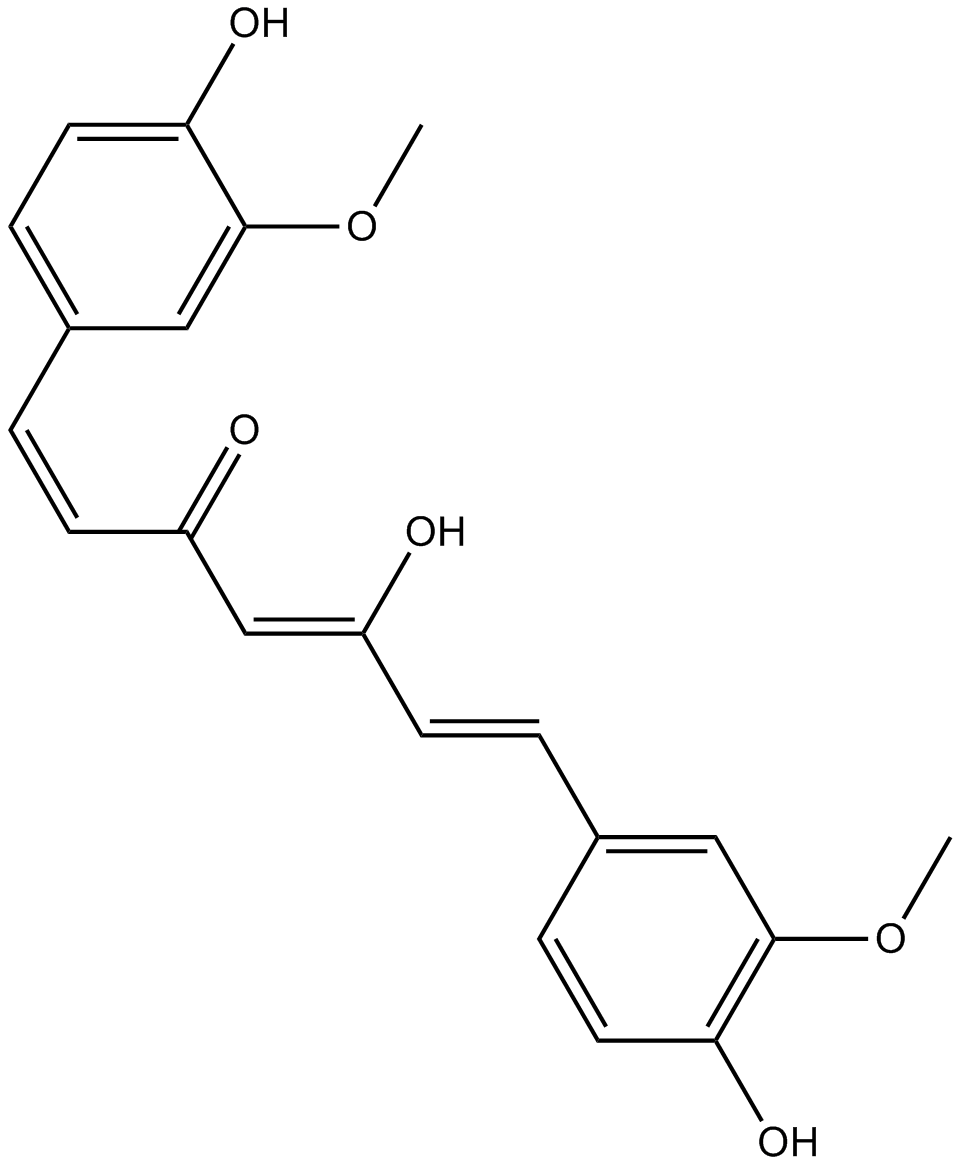
-
GC40226
Curcumin-d6
Curcumin-d6 is intended for use as an internal standard for the quantification of curcumin by GC- or LC-MS.
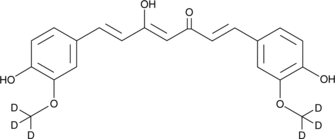
-
GC65299
CWHM-1008
CWHM-1008 is a potent and orally active antimalarial agent, with EC50 values of 46 and 21 nM against drug-sensitive Plasmodium falciparum 3D7 and drug-resistant Dd2 strains, respectively.
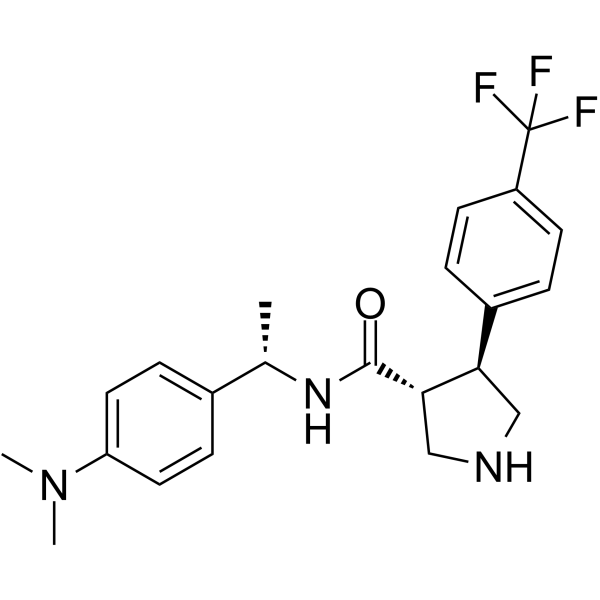
-
GC35760
CWHM-1552
CWHM-1552 is an orally efficacious inhibitor of P.
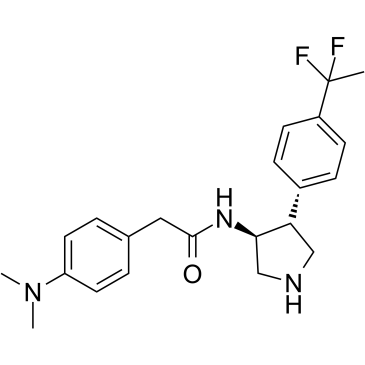
-
GC64348
Cyanidin 3-sambubioside chloride
Cyanidin 3-sambubioside chloride (Cyanidin-3-O-sambubioside chloride), a major anthocyanin, a natural colorant, and is a potent NO inhibitor.
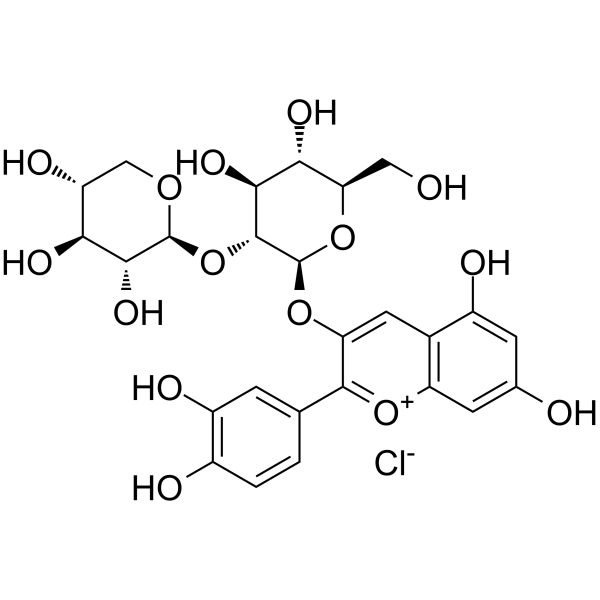
-
GC33979
Cyanoacetohydrazide (Cyanoacetic hydrazide)
Cyanoacetohydrazide (Cyanoacetic hydrazide) is an anti-TB drug.
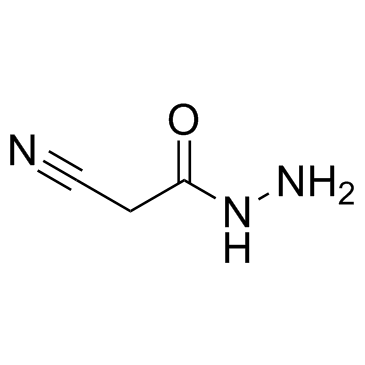
-
GC65545
Cyclo(L-Phe-L-Pro)
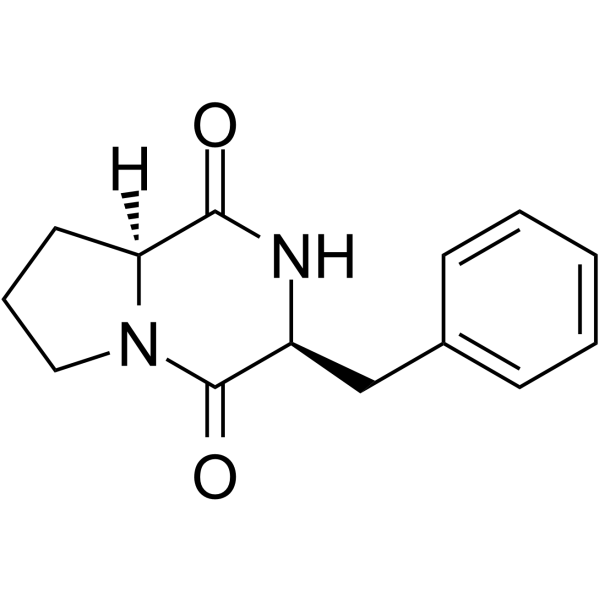
-
GC35780
Cycloguanil
Cycloguanil, the active metabolite of Proguanil, acts on malaria schizonts in erythrocytes and hepatocytes.
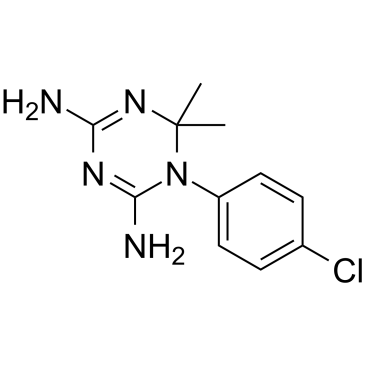
-
GC16333
Cycloguanil (hydrochloride)
Chloroguanide Triazine,NSC 3074
inhibitor of dihydrofolate reductase (DHFR)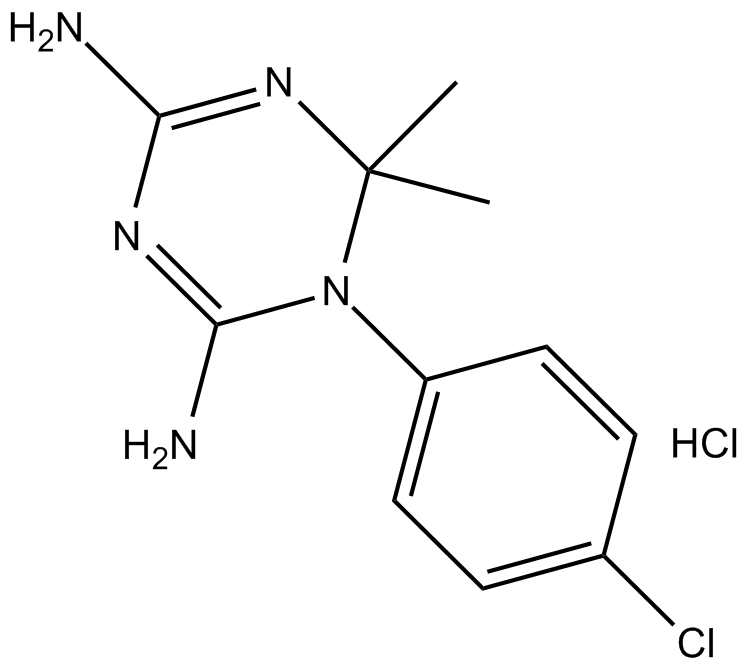
-
GC17198
Cycloheximide
Naramycin A; Actidione; 3-[2-(3,5-Dimethyl-2-oxocyclohexyl)-2-hydroxyethyl]glutarimide
Cycloheximide is an antibiotic that inhibits protein synthesis at the translation level, acting exclusively on cytoplasmic (80s) ribosomes of eukaryotes.
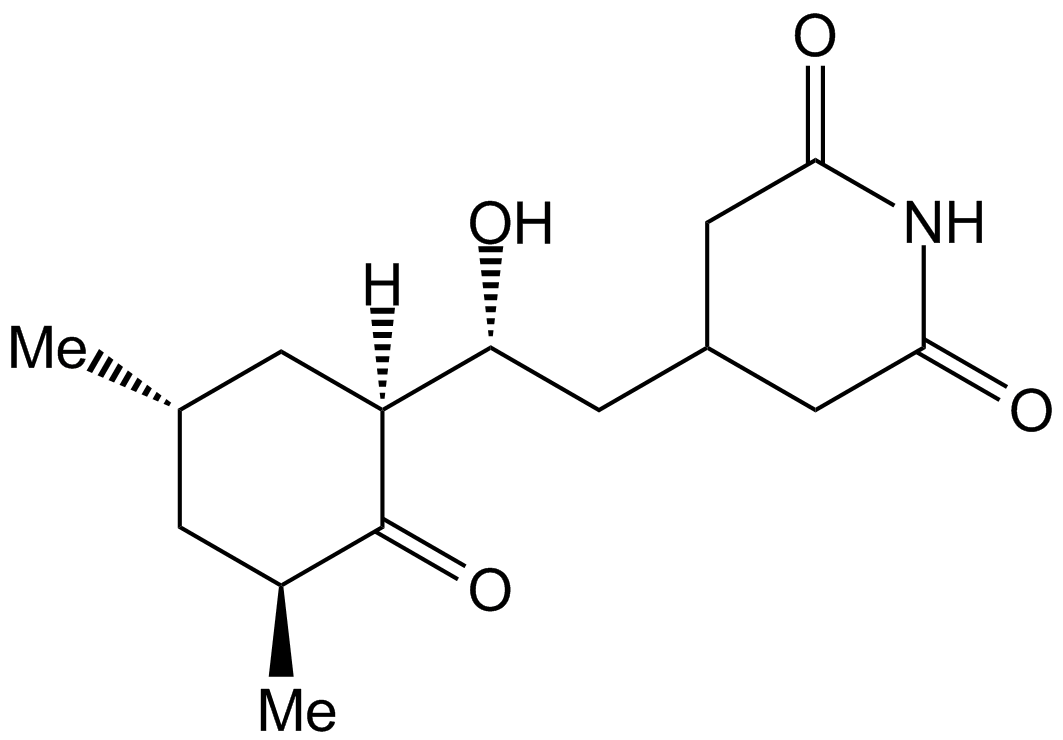
-
GC35782
Cyclopropavir
Filociclovir; ZSM-I-62; MBX-400
Cyclopropavir (Filociclovir; ZSM-I-62; MBX-400) is a broad-spectrum anti-herpesvirus compound, has good antiviral activity against cytomegalovirus (CMV), herpes simplex virus (HHV)-6 and HHV-8 with EC50s of 0.7 μM to 8 μM.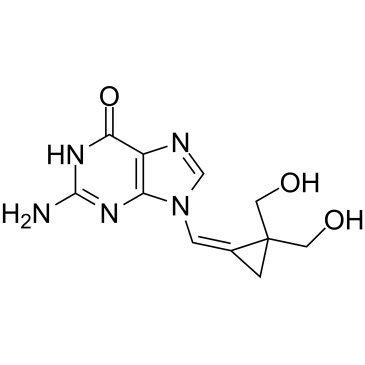
-
GC45904
Cyclosporin C
A fungal metabolite with diverse biological activities
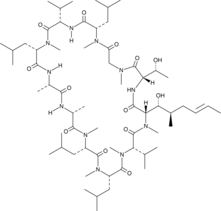
-
GC64068
Cyclotriazadisulfonamide
Cyclotriazadisulfonamide (CADA) is a specific CD4-targeted HIV entry inhibitors.
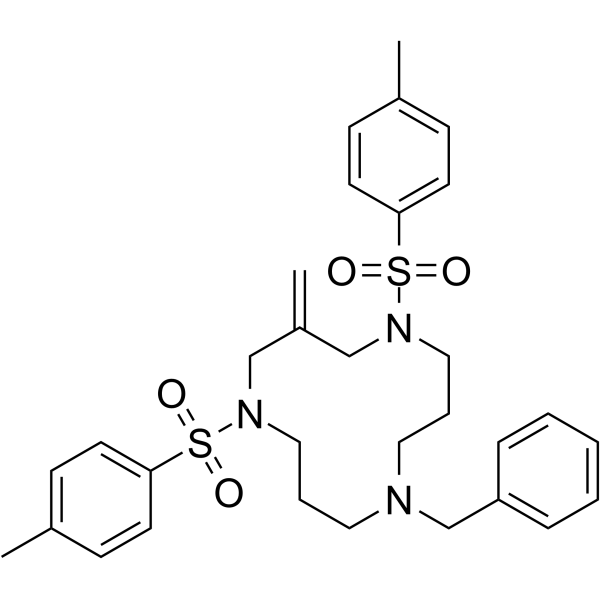
-
GC60736
Cymoxanil
1-(2-Cyano-2-methoxyiminoacetyl)-3-ethylurea, DPX-3217
A cyanoacetamide fungicide